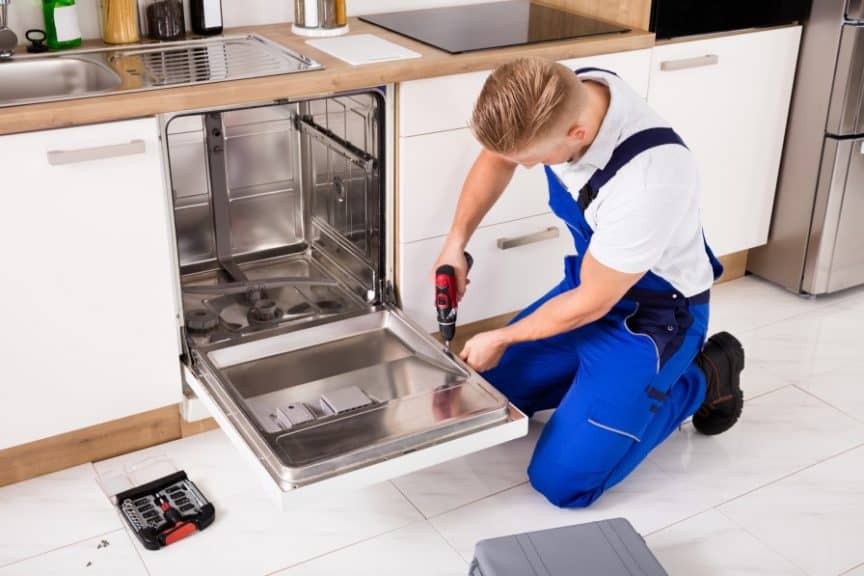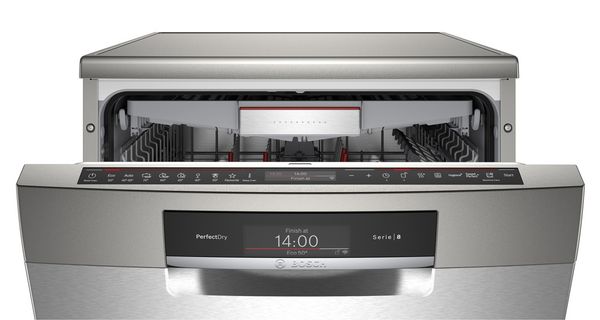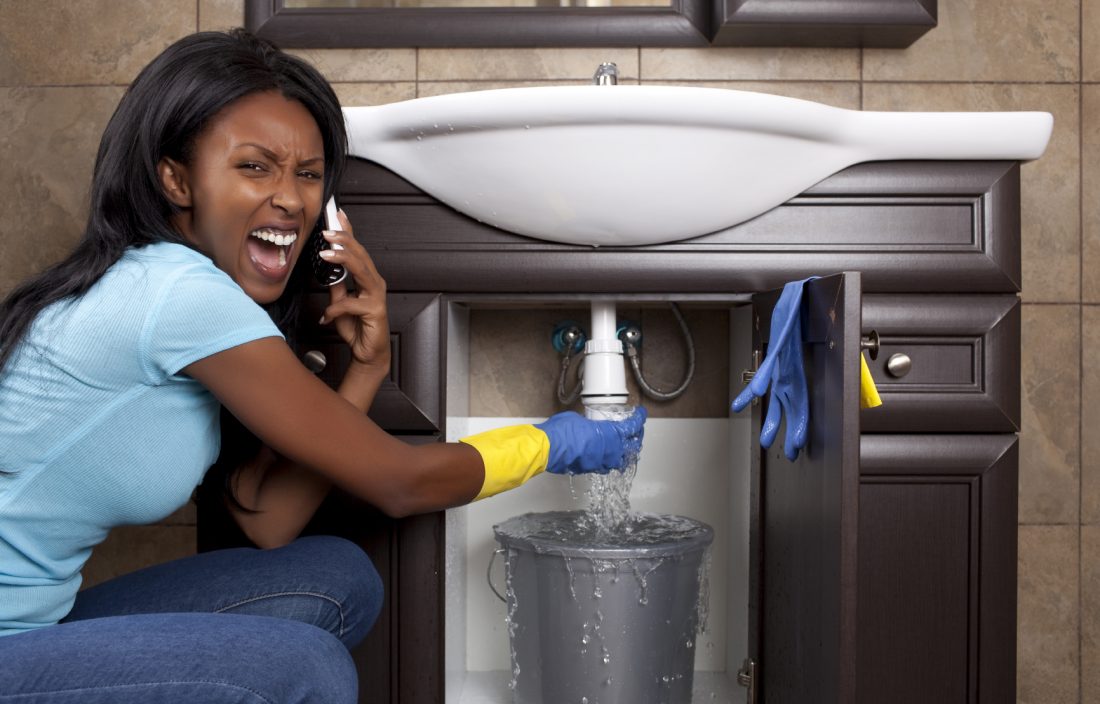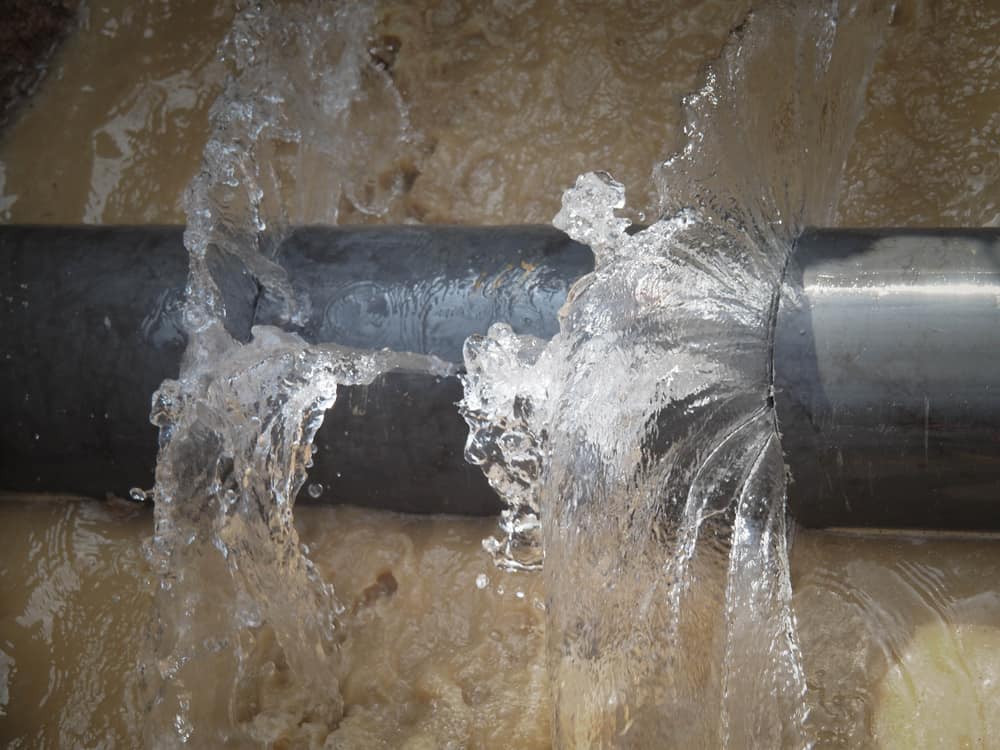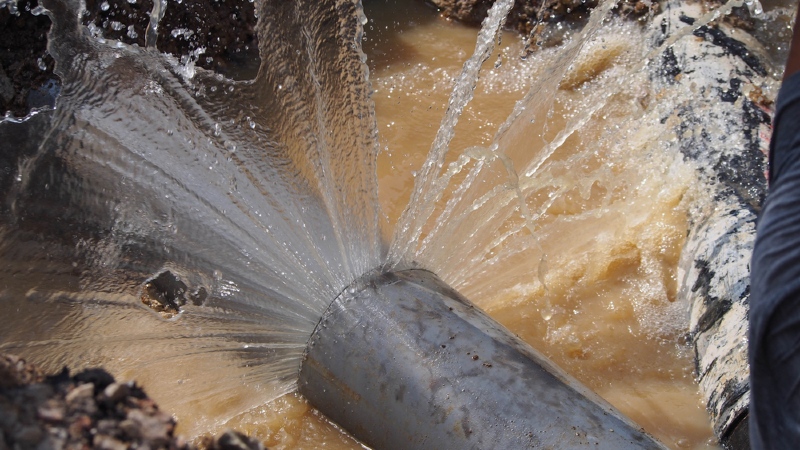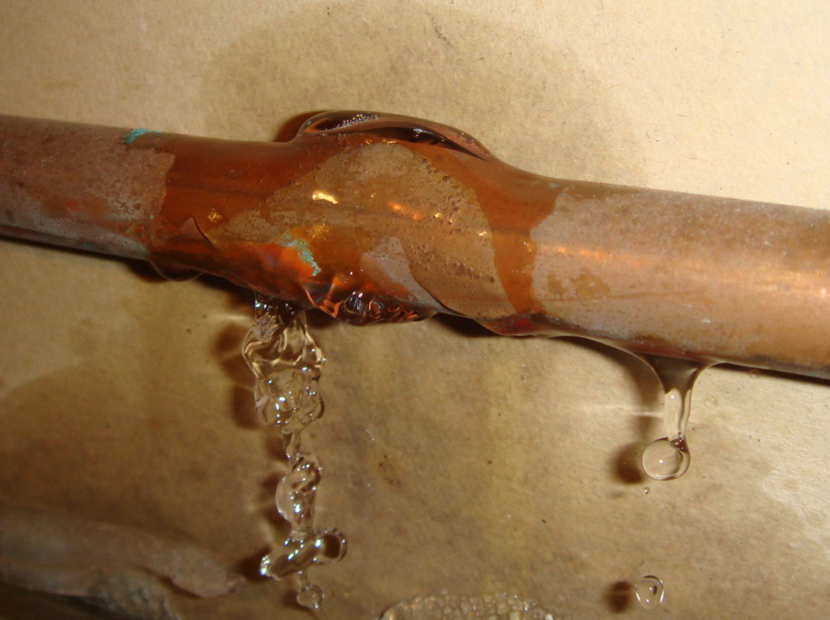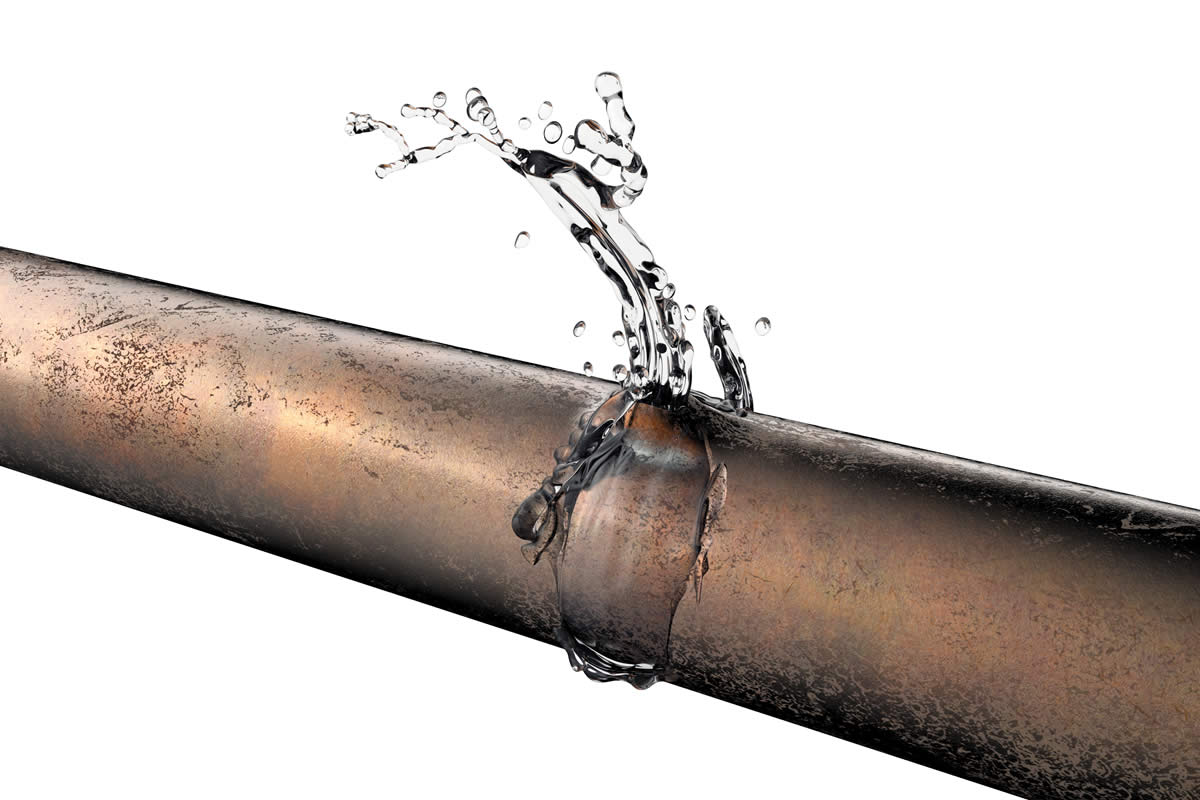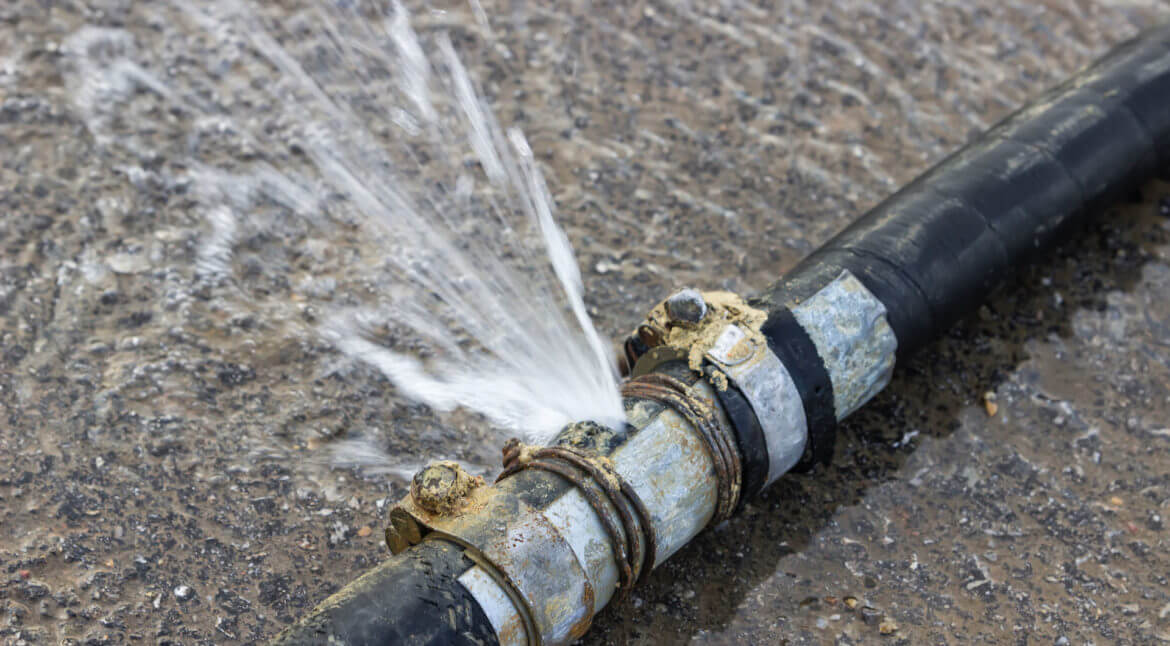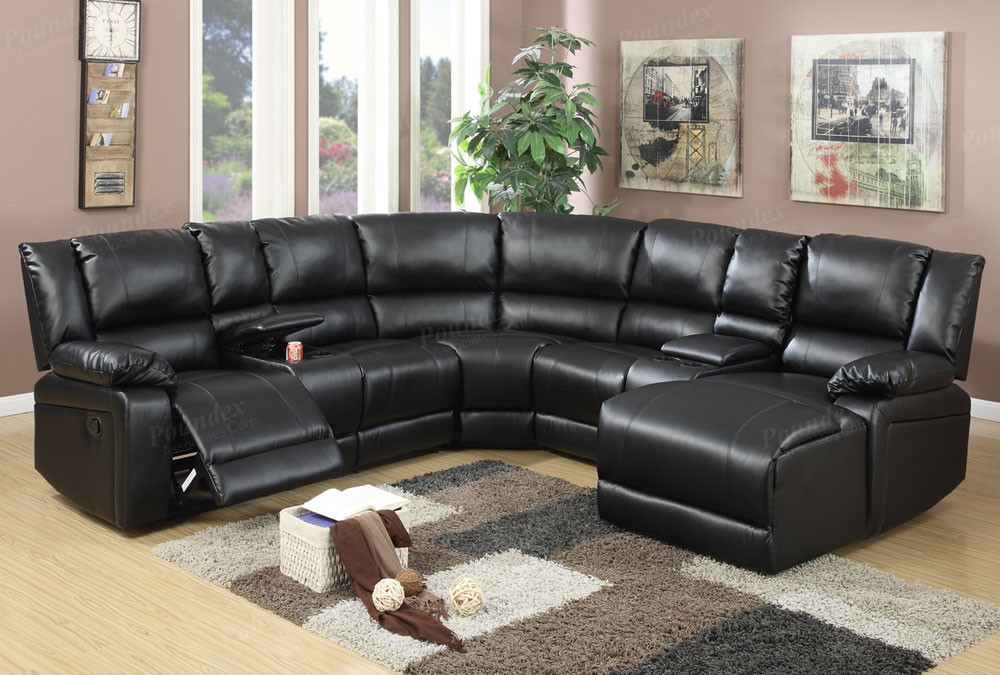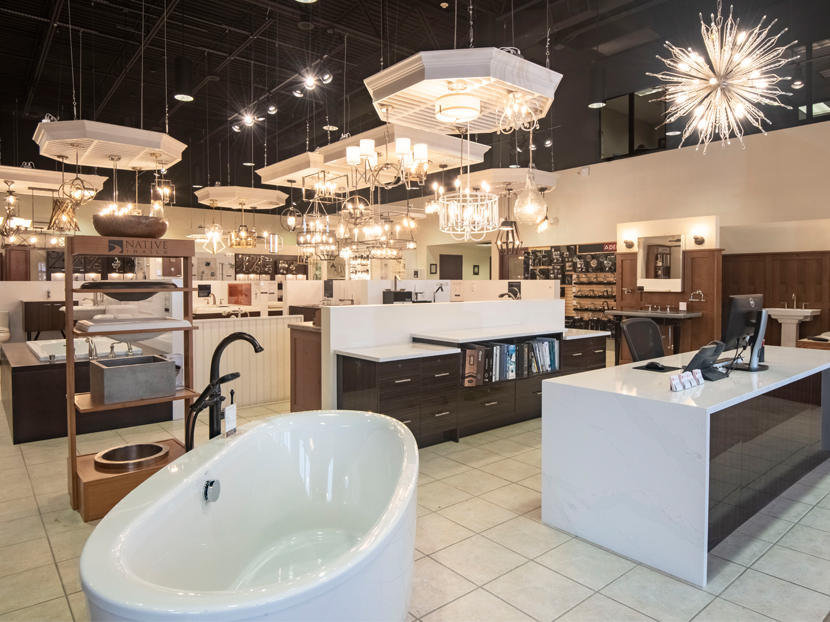If your kitchen sink is not draining, one of the first things to check is the garbage disposal. This can often be the culprit, especially if you have been putting large or hard items down the drain. Garbage disposal clogs can prevent water from draining properly, causing a backup in your sink. To check the garbage disposal, turn off the power and use a flashlight to look for any visible clogs. You can also try running hot water and turning on the disposal to see if it helps to clear the drain.Check the garbage disposal
Another potential cause for a clogged kitchen sink is a drain stopper. This is the device that sits in the drain and can be lifted or lowered to stop or allow water to flow. If the stopper is stuck in the closed position, it can prevent water from draining properly. To check the drain stopper, remove it from the drain and clean off any debris that may be caught on it. You can also try running hot water and using a plunger to help dislodge any clogs that may be stuck around the stopper.Check the drain stopper
The P-trap is a curved pipe located under the sink that helps to prevent sewer gases from entering your home. However, this trap can also catch debris and become clogged, causing your kitchen sink to drain slowly or not at all. To check the P-trap, place a bucket under it and unscrew the pipe to remove any debris. You may also want to clean the trap with a mixture of hot water and vinegar to help remove any buildup.Check the P-trap
If your kitchen sink is still not draining properly, you can try using a plunger to help dislodge any clogs. To do this, fill the sink with enough water to cover the plunger and place the plunger over the drain. Use a pumping motion to create suction and hopefully push the clog through the pipes. You may need to repeat this process a few times to fully clear the clog.Use a plunger
If a plunger does not work, you can try using a drain snake to help remove any clogs that may be further down the drain. This tool is a long, flexible wire with a small auger on the end that can be maneuvered through the pipes to break up and remove clogs. You can purchase a drain snake at most hardware stores or rent one from a home improvement store if you do not want to invest in one.Use a drain snake
If you prefer to avoid using harsh chemicals, you can try using a natural drain cleaner to help clear your clogged kitchen sink. One option is to mix equal parts baking soda and vinegar and pour it down the drain. Let it sit for a few minutes, then pour hot water down the drain to help flush out any clogs. You can also try a mixture of hot water and salt or lemon juice to help break up any clogs in the pipes.Try a natural drain cleaner
In some cases, a clogged kitchen sink may be caused by a blocked air vent. This is a pipe that extends from the drain to the roof of your home and allows air to enter the plumbing system to help with drainage. If the air vent is blocked, it can create a vacuum effect and prevent water from properly draining. If you are comfortable doing so, you can try to clear the air vent by using a plumbing snake or calling a professional plumber.Check the air vent
If your kitchen sink is connected to a dishwasher, it is important to also check the dishwasher for any potential clogs. The drain line from the dishwasher may be connected to the same pipe as the kitchen sink, so a clog in the dishwasher can also impact the sink drainage. You can check the dishwasher drain for clogs and clean it out if necessary to help restore proper drainage.Check the dishwasher
If none of the above methods work to clear your clogged kitchen sink, it may be time to call a professional plumber. They have the knowledge and tools to properly diagnose and fix any underlying issues that may be causing the problem. They may also be able to use a specialized tool, such as a hydro jet, to clear out any stubborn clogs in the pipes.Call a plumber
In some rare cases, a kitchen sink that is not draining may be caused by a broken pipe. This can occur if a pipe has corroded or been damaged, causing it to collapse and prevent water from properly flowing through. If you suspect a broken pipe, it is important to call a plumber right away to prevent any further damage to your plumbing system. In conclusion, a clogged kitchen sink can be frustrating and inconvenient, but there are many potential causes and solutions to try. By checking the garbage disposal, drain stopper, P-trap, and air vent, using basic tools such as a plunger or drain snake, and trying natural drain cleaners, you may be able to clear the clog yourself. However, if the problem persists, it is best to call a professional plumber to properly diagnose and fix the issue. With proper maintenance and care, you can keep your kitchen sink draining smoothly and avoid future clogs.Check for a broken pipe
Why Your Kitchen Sink is Not Draining Even Without a Clog

The Frustration of a Non-Draining Kitchen Sink
 Kitchen sinks are an essential part of any household and are used multiple times a day for various tasks such as washing dishes, preparing food, and even filling up a pot of water for cooking.
So, it can be quite frustrating when your kitchen sink suddenly stops draining, even when there is no visible clog.
Not only does it disrupt your daily routine, but it also poses a hygiene problem and can lead to unpleasant odors in your kitchen.
Before you call a plumber, it's important to understand the possible reasons behind a non-draining kitchen sink.
Kitchen sinks are an essential part of any household and are used multiple times a day for various tasks such as washing dishes, preparing food, and even filling up a pot of water for cooking.
So, it can be quite frustrating when your kitchen sink suddenly stops draining, even when there is no visible clog.
Not only does it disrupt your daily routine, but it also poses a hygiene problem and can lead to unpleasant odors in your kitchen.
Before you call a plumber, it's important to understand the possible reasons behind a non-draining kitchen sink.
No Need for Panic, It's Probably Not a Clog
 When faced with a non-draining kitchen sink, most people's first instinct is to assume that there is a clog somewhere in the drain.
However,
this may not always be the case.
In fact, there are several other reasons why your kitchen sink may not be draining properly, and most of them do not require the help of a plumber.
When faced with a non-draining kitchen sink, most people's first instinct is to assume that there is a clog somewhere in the drain.
However,
this may not always be the case.
In fact, there are several other reasons why your kitchen sink may not be draining properly, and most of them do not require the help of a plumber.
Check the Garbage Disposal
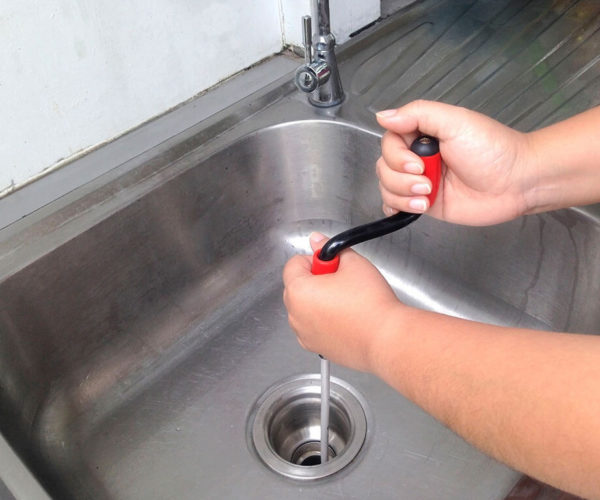 If your kitchen sink has a garbage disposal, this could be the culprit behind the non-draining issue.
Over time, food debris and residue can build up in the disposal, causing it to clog and prevent water from draining properly.
To check if this is the case, turn off the disposal and use a flashlight to look inside.
If there is visible food debris, use tongs or pliers to remove it.
Once the debris is cleared, run hot water down the drain to see if it begins to drain properly.
If your kitchen sink has a garbage disposal, this could be the culprit behind the non-draining issue.
Over time, food debris and residue can build up in the disposal, causing it to clog and prevent water from draining properly.
To check if this is the case, turn off the disposal and use a flashlight to look inside.
If there is visible food debris, use tongs or pliers to remove it.
Once the debris is cleared, run hot water down the drain to see if it begins to drain properly.
Inspect the P-Trap
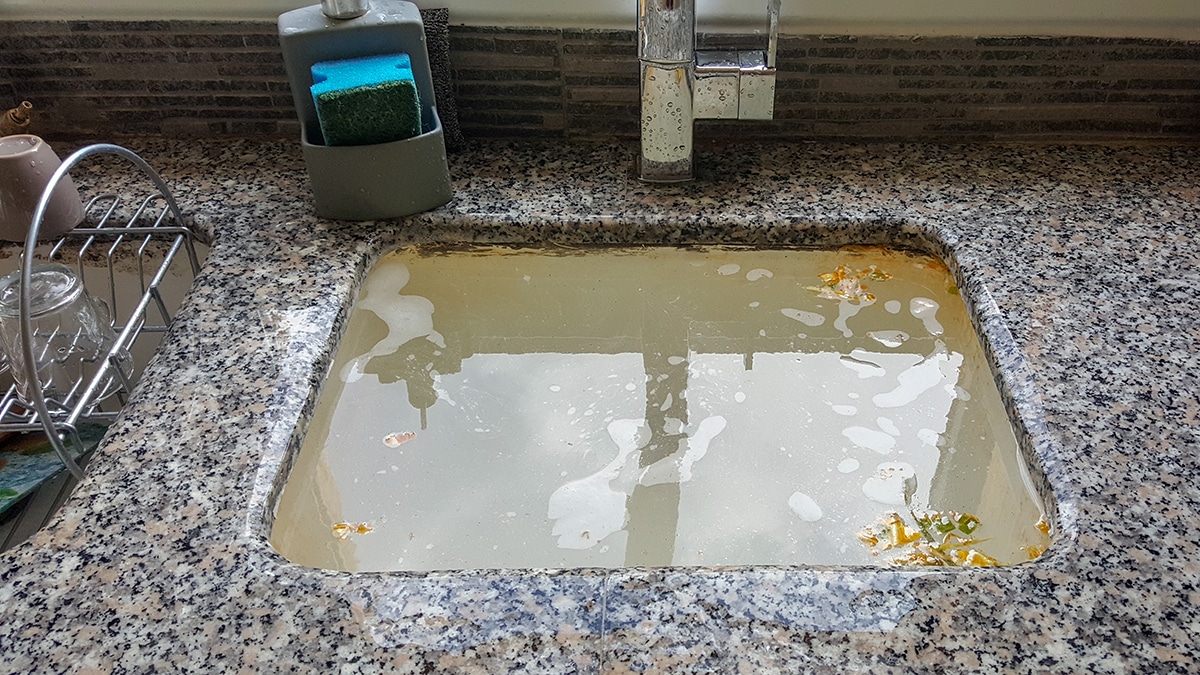 The P-trap is a curved pipe located under your kitchen sink that traps debris and prevents it from clogging your drain.
However,
over time, this trap can become clogged itself, causing water to back up and not drain properly.
To clean the P-trap, place a bucket underneath it to catch any water, then unscrew it and remove any debris.
Once cleaned, reattach the trap and run hot water down the drain to see if the issue is resolved.
The P-trap is a curved pipe located under your kitchen sink that traps debris and prevents it from clogging your drain.
However,
over time, this trap can become clogged itself, causing water to back up and not drain properly.
To clean the P-trap, place a bucket underneath it to catch any water, then unscrew it and remove any debris.
Once cleaned, reattach the trap and run hot water down the drain to see if the issue is resolved.
Consider the Vent Pipes
 Vent pipes are responsible for allowing air to flow through your plumbing system, allowing water to drain properly.
If these pipes become clogged or blocked, it can cause water to back up in your sink.
To check if this is the issue, climb onto your roof and look for the vent pipe that corresponds to your kitchen sink.
Using a plumber's snake or a garden hose, try to clear any debris from the vent pipe.
Once cleared, run hot water down the drain to see if the sink begins to drain properly.
Vent pipes are responsible for allowing air to flow through your plumbing system, allowing water to drain properly.
If these pipes become clogged or blocked, it can cause water to back up in your sink.
To check if this is the issue, climb onto your roof and look for the vent pipe that corresponds to your kitchen sink.
Using a plumber's snake or a garden hose, try to clear any debris from the vent pipe.
Once cleared, run hot water down the drain to see if the sink begins to drain properly.
Call a Professional
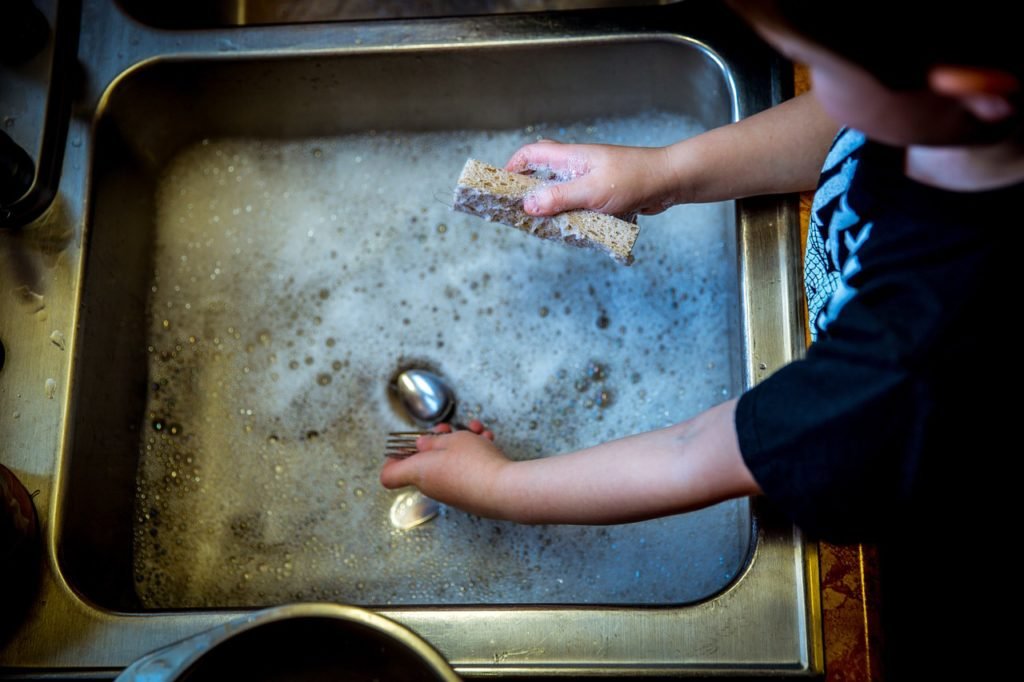 If none of these solutions work, it's best to call a professional plumber to inspect your kitchen sink and determine the root cause of the non-draining issue.
They may need to use specialized equipment to clear the clog or replace any damaged pipes.
However, by trying these DIY solutions first, you may be able to save yourself the time and expense of a plumber's visit.
If none of these solutions work, it's best to call a professional plumber to inspect your kitchen sink and determine the root cause of the non-draining issue.
They may need to use specialized equipment to clear the clog or replace any damaged pipes.
However, by trying these DIY solutions first, you may be able to save yourself the time and expense of a plumber's visit.
In conclusion, a non-draining kitchen sink can be a frustrating and inconvenient issue to deal with, but it doesn't always mean there is a clog. By checking the garbage disposal, P-trap, and vent pipes, you may be able to resolve the issue yourself and avoid the need for a plumber. Remember to regularly clean and maintain your kitchen sink to prevent future drainage issues.



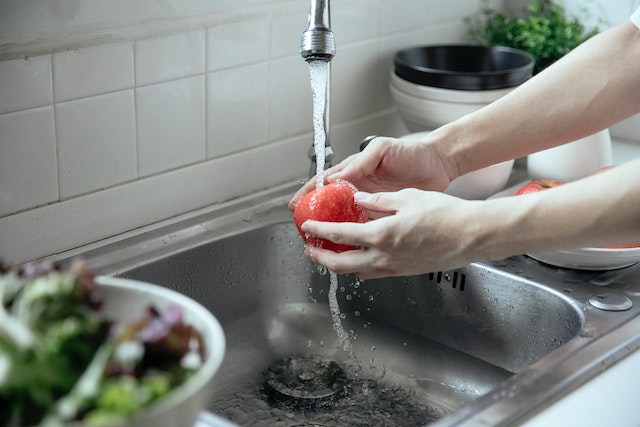


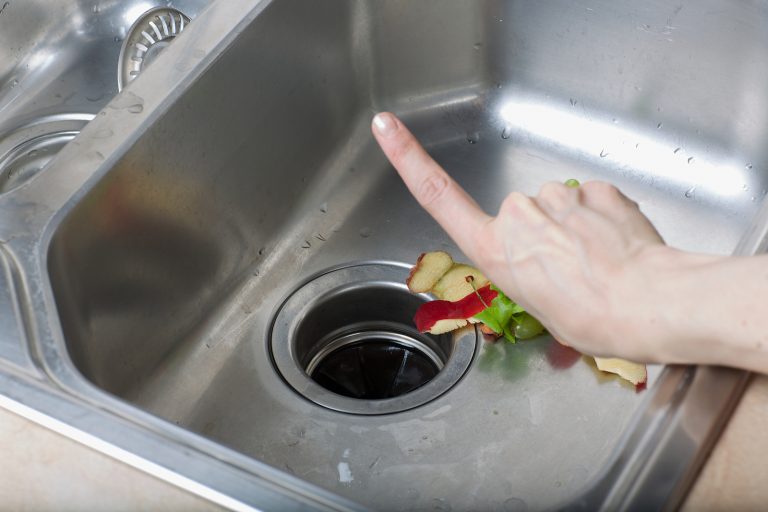








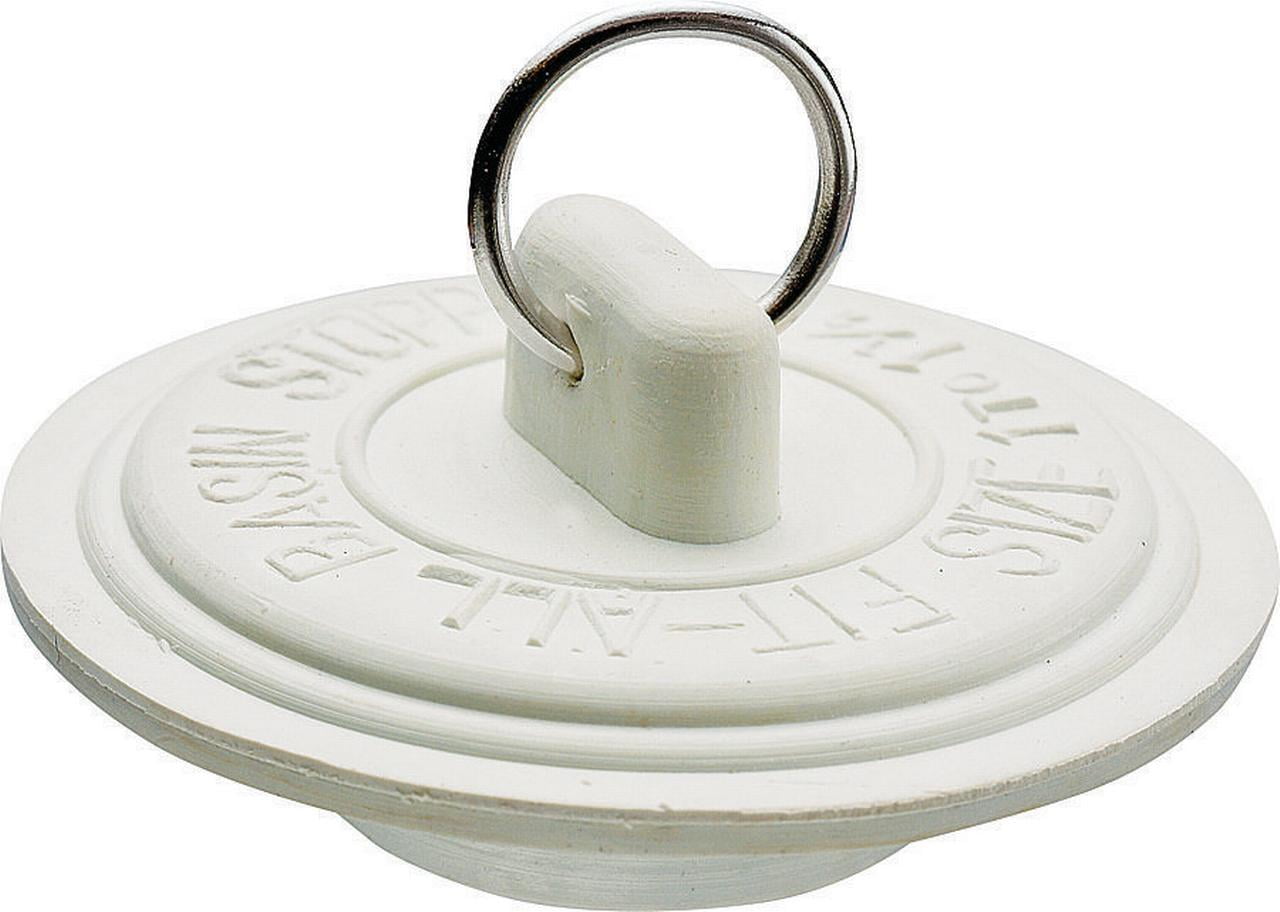


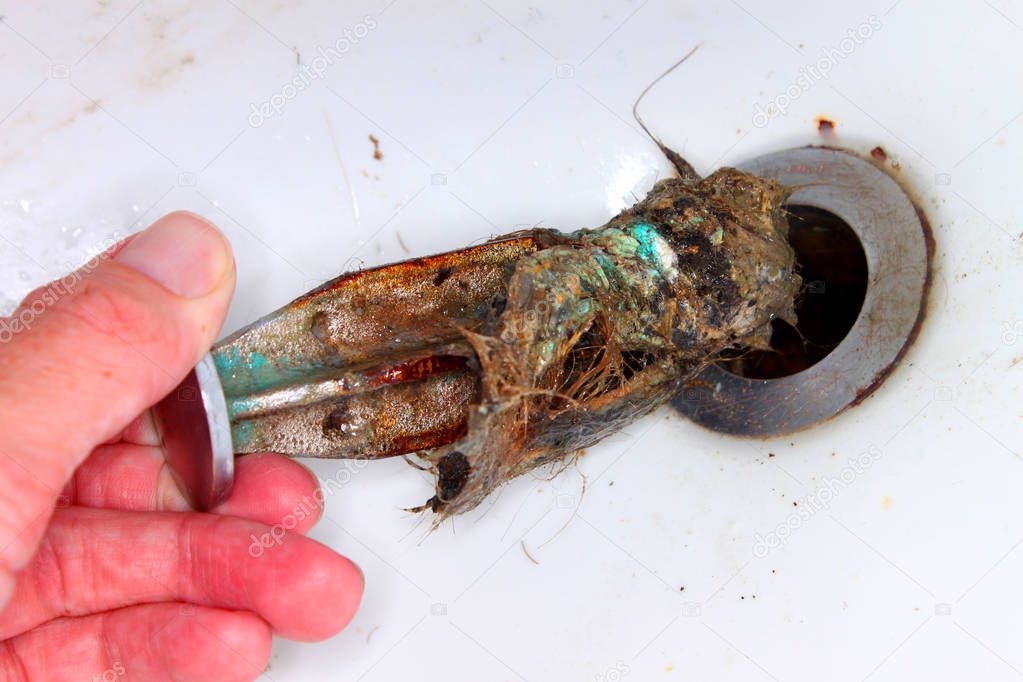
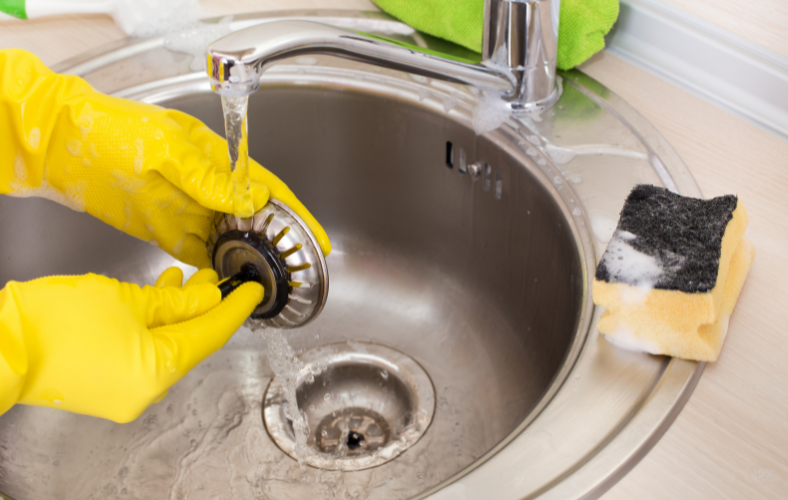



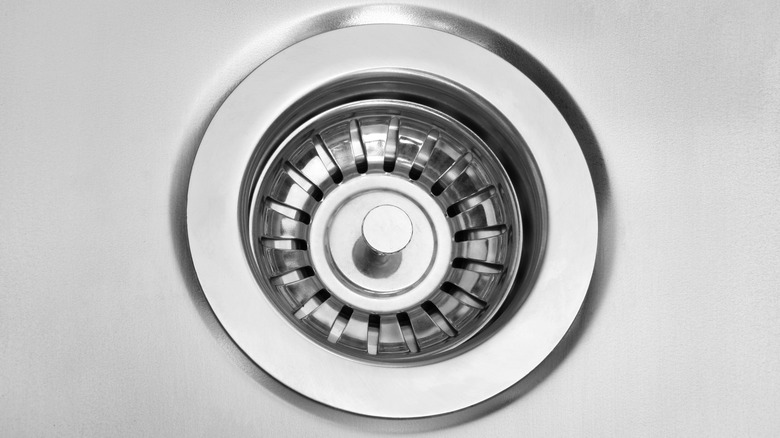

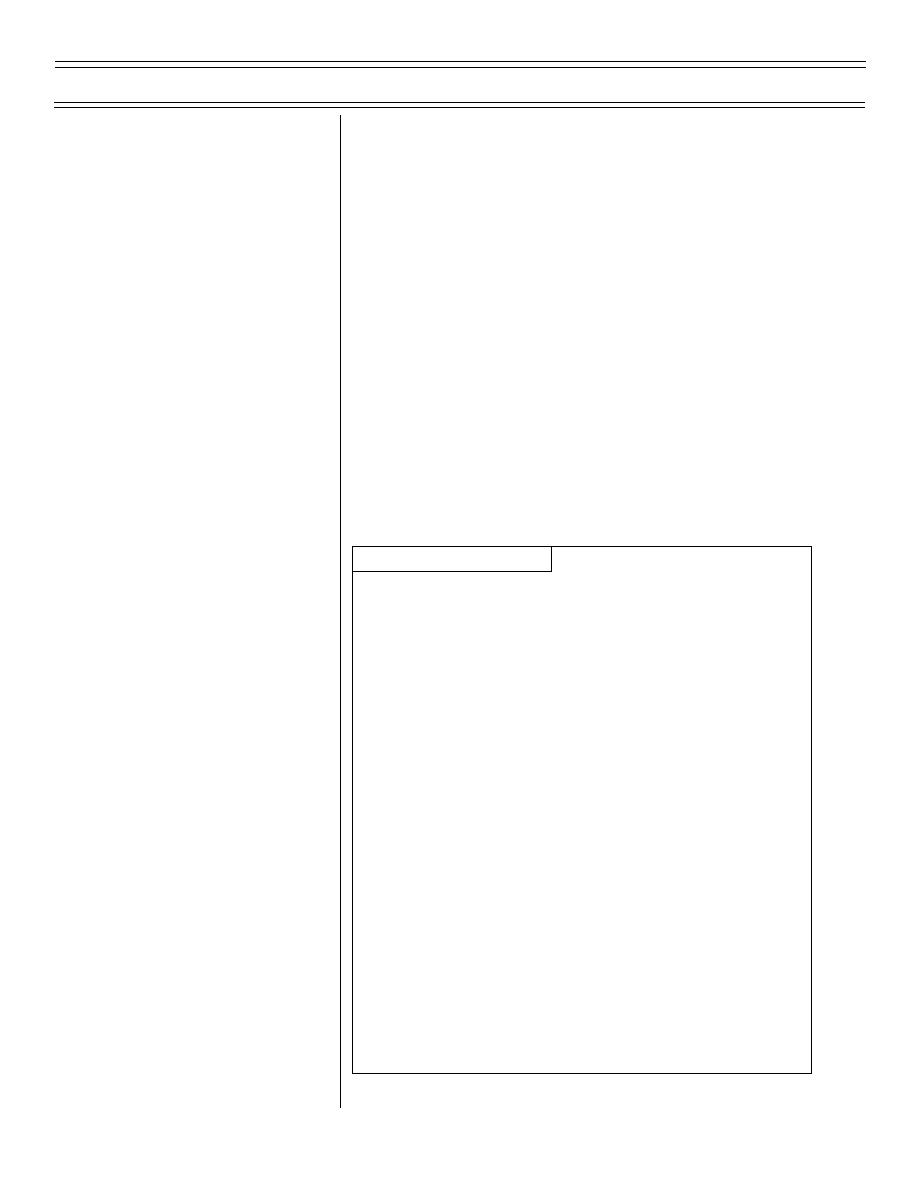


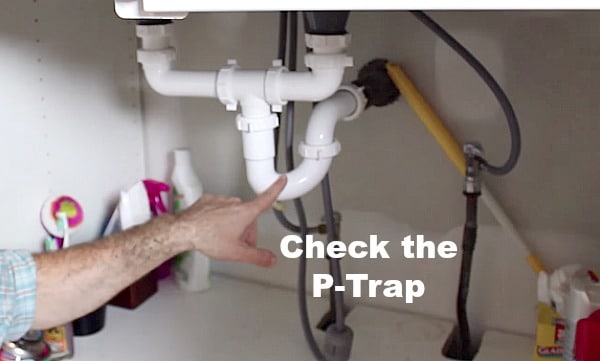
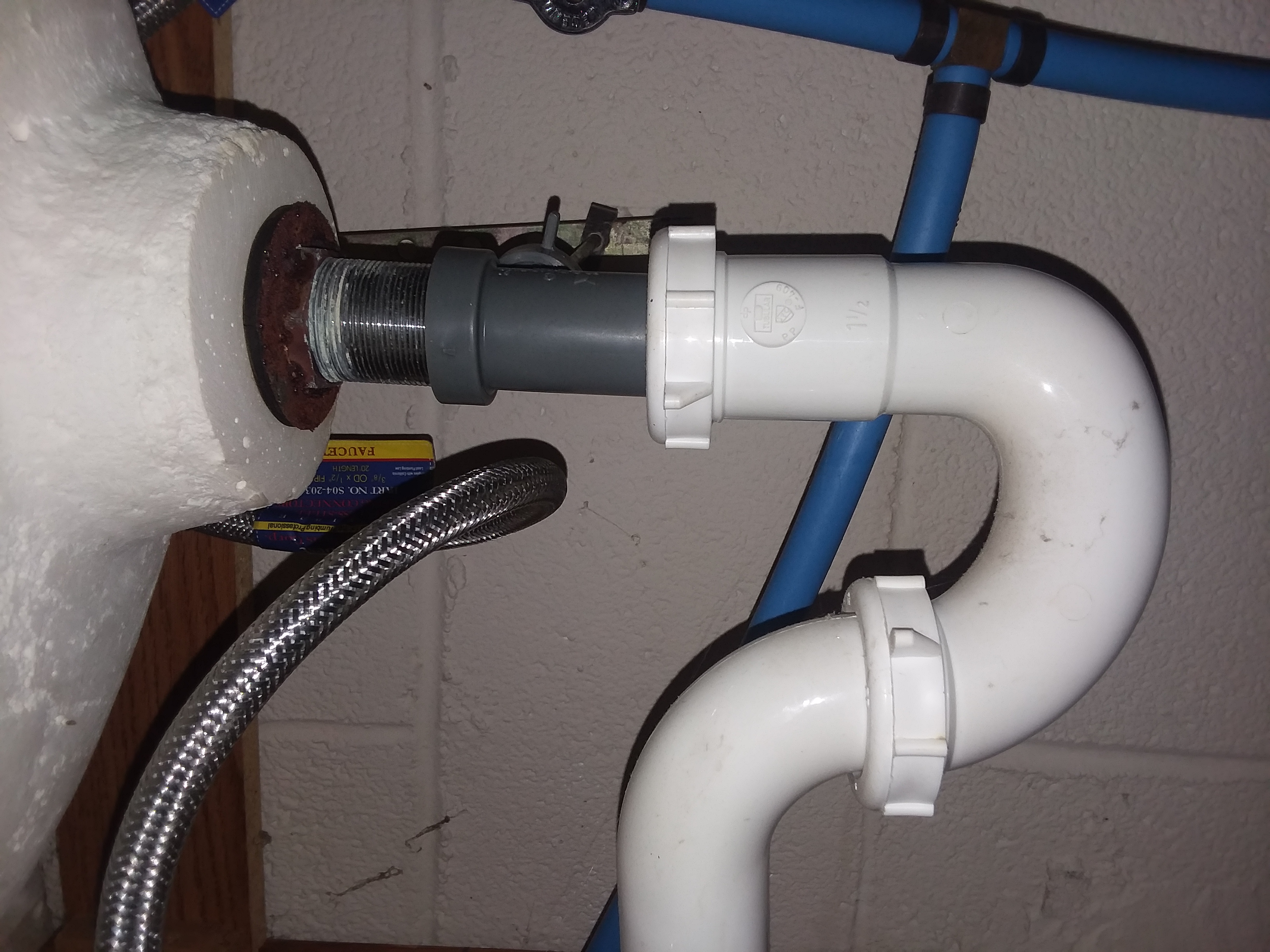


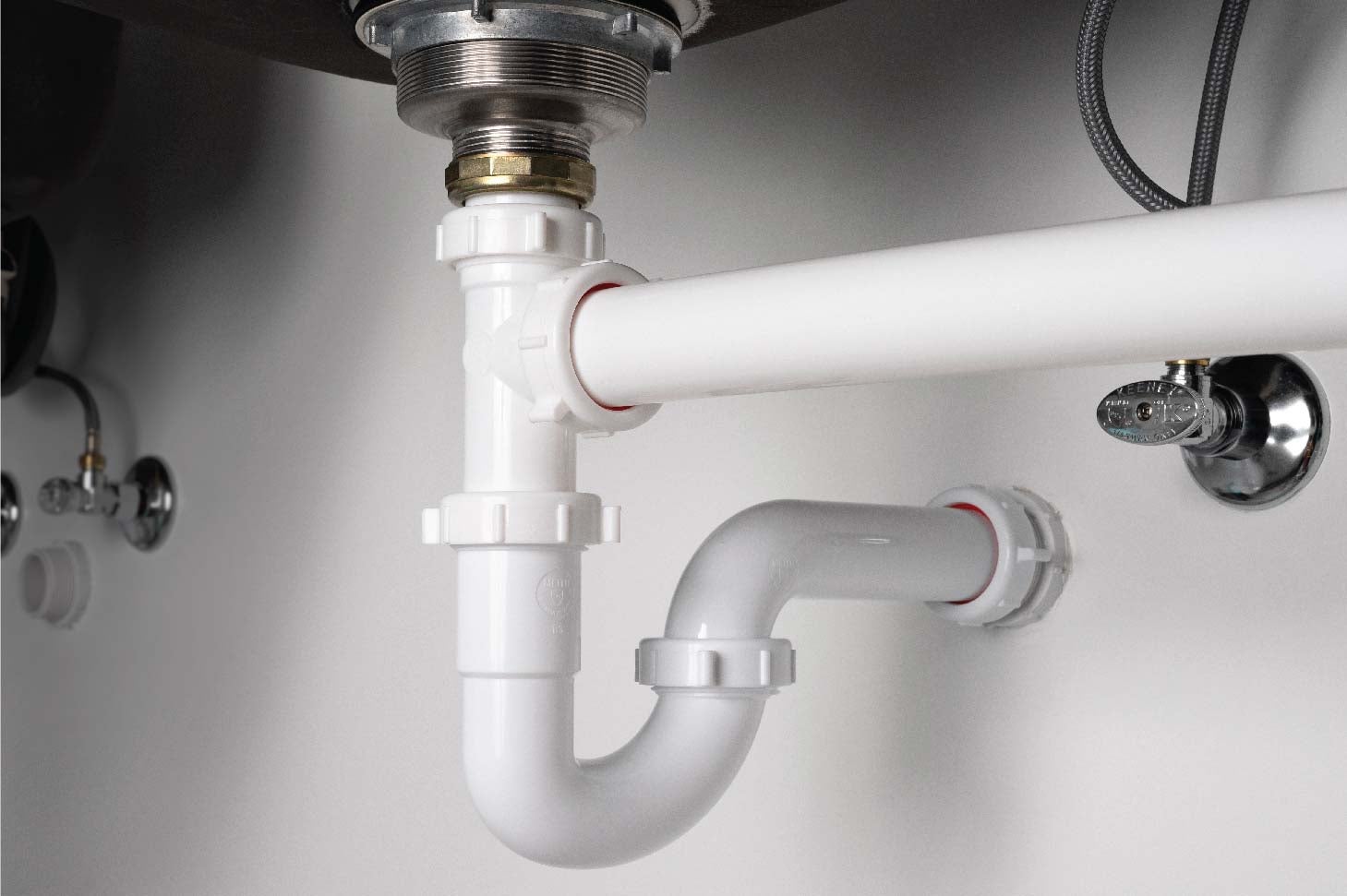
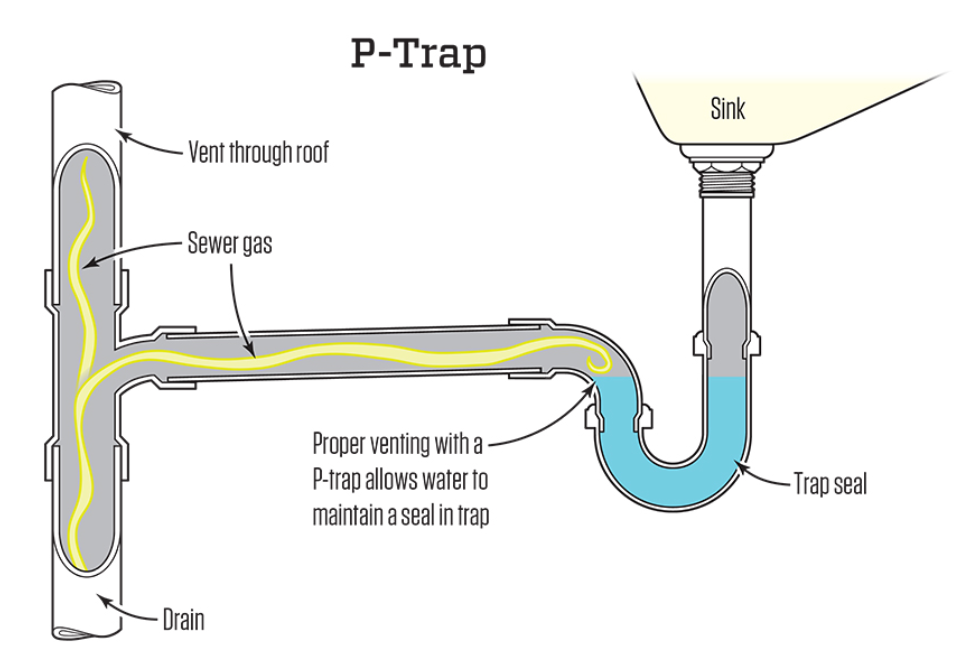
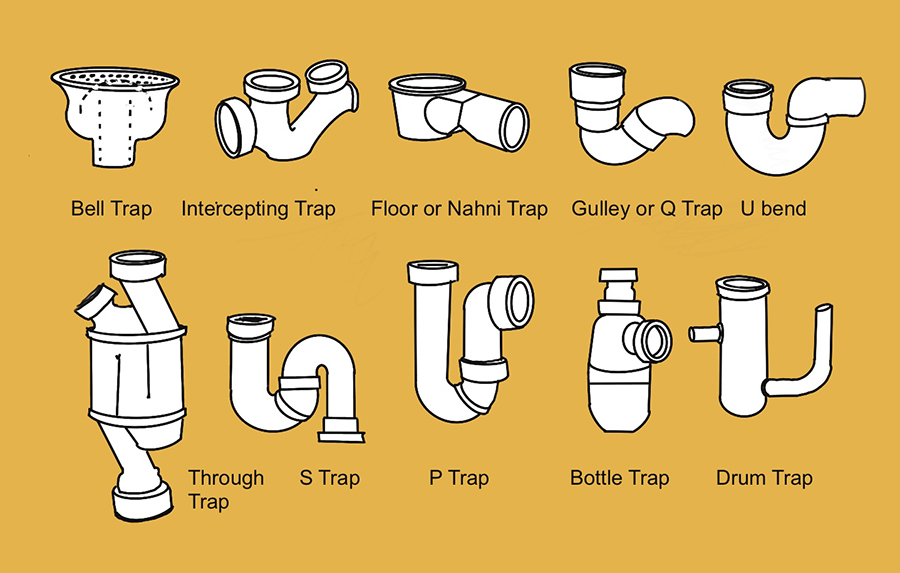

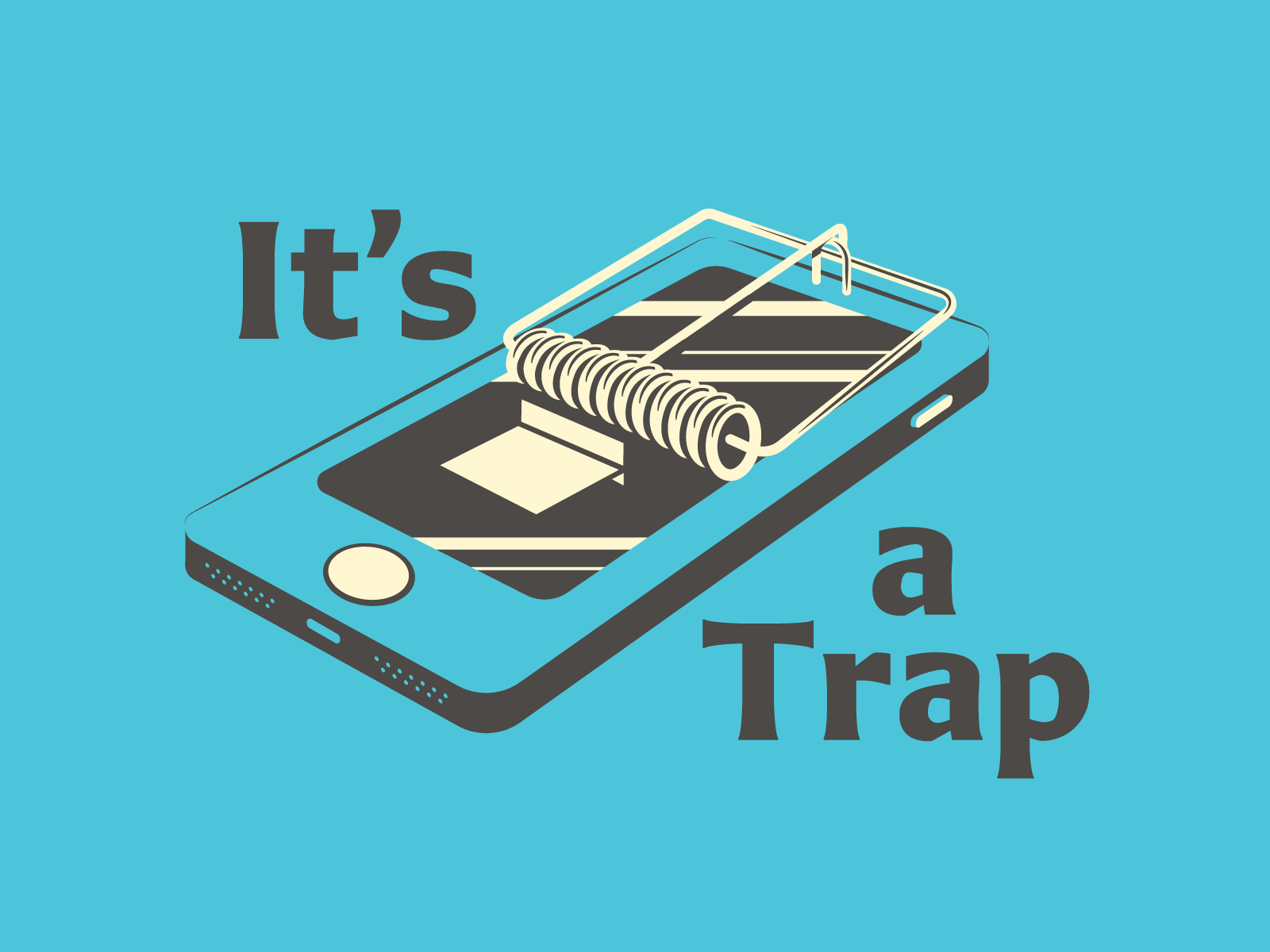

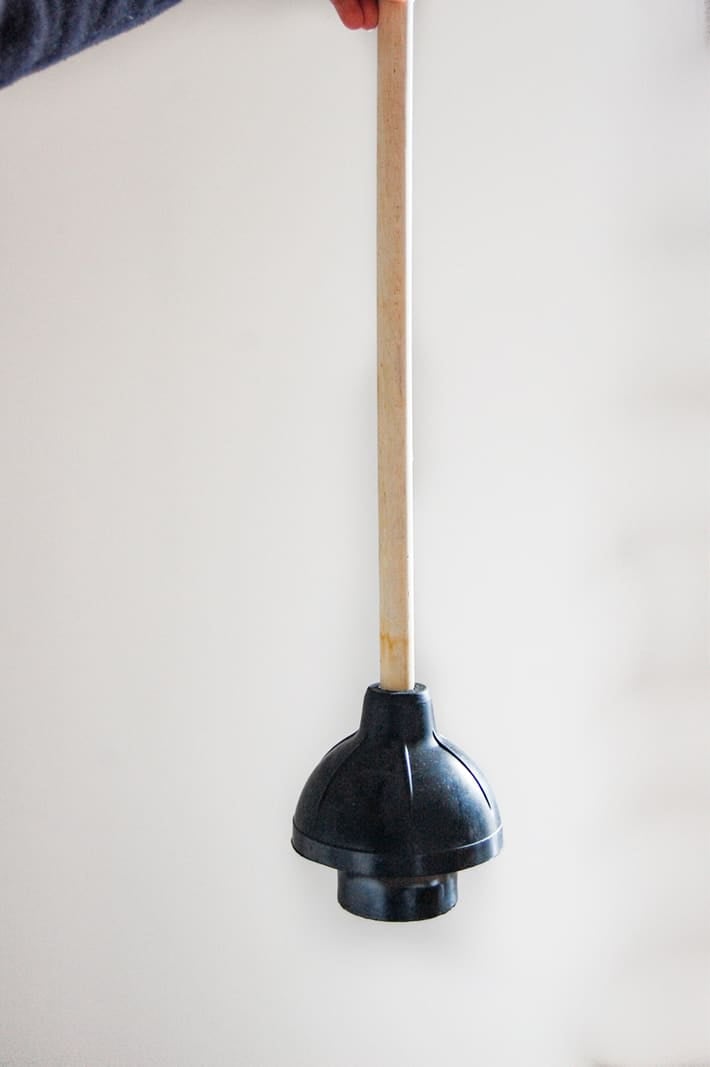
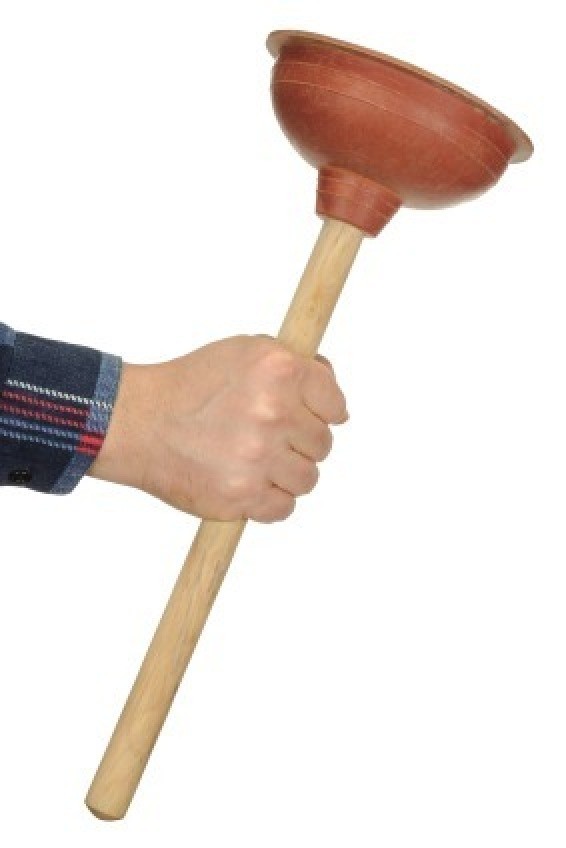
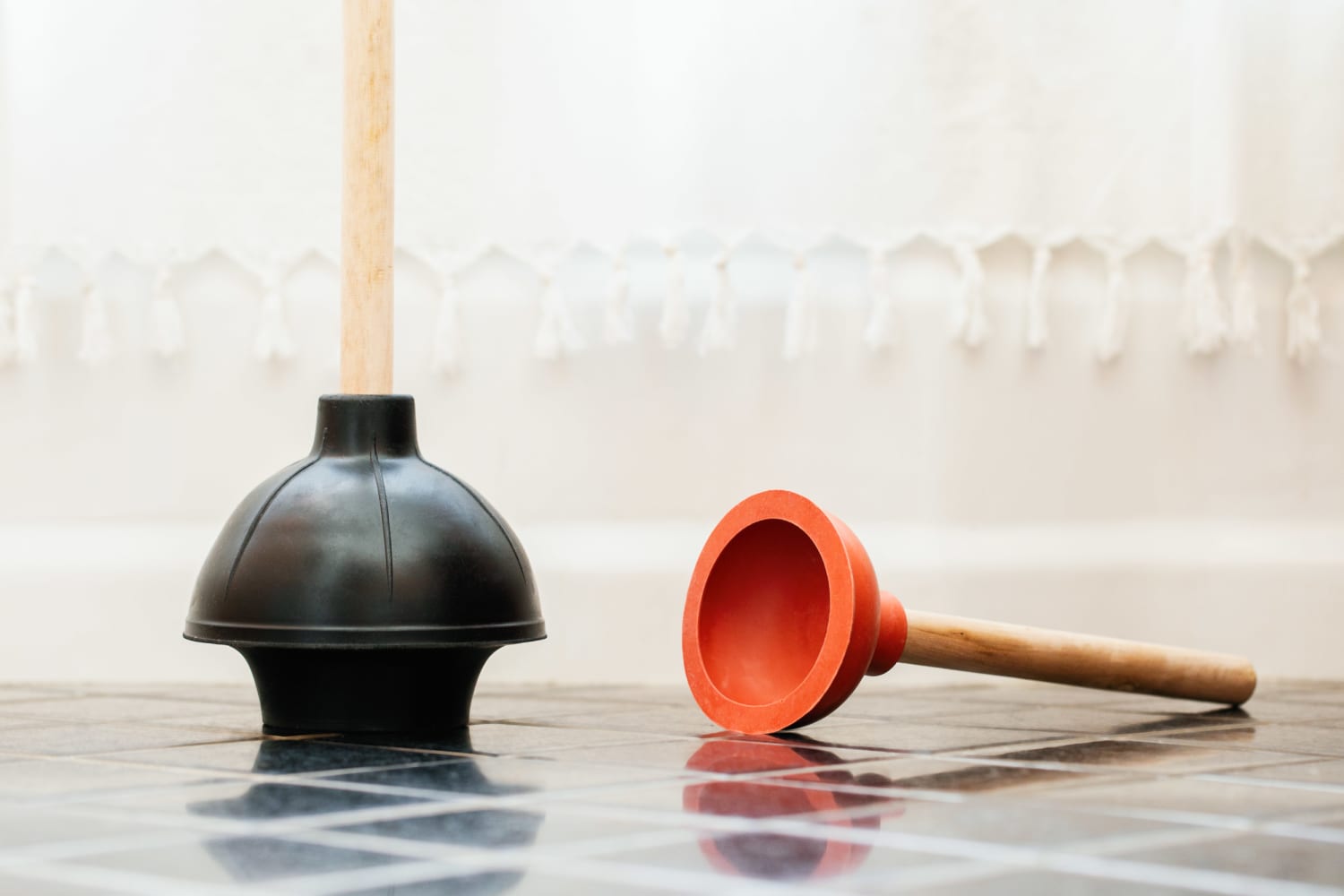
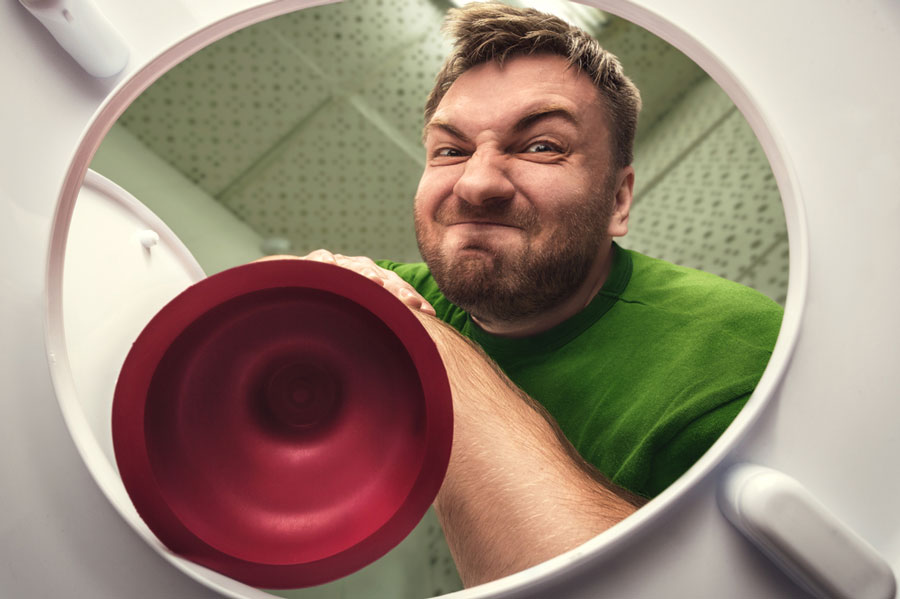


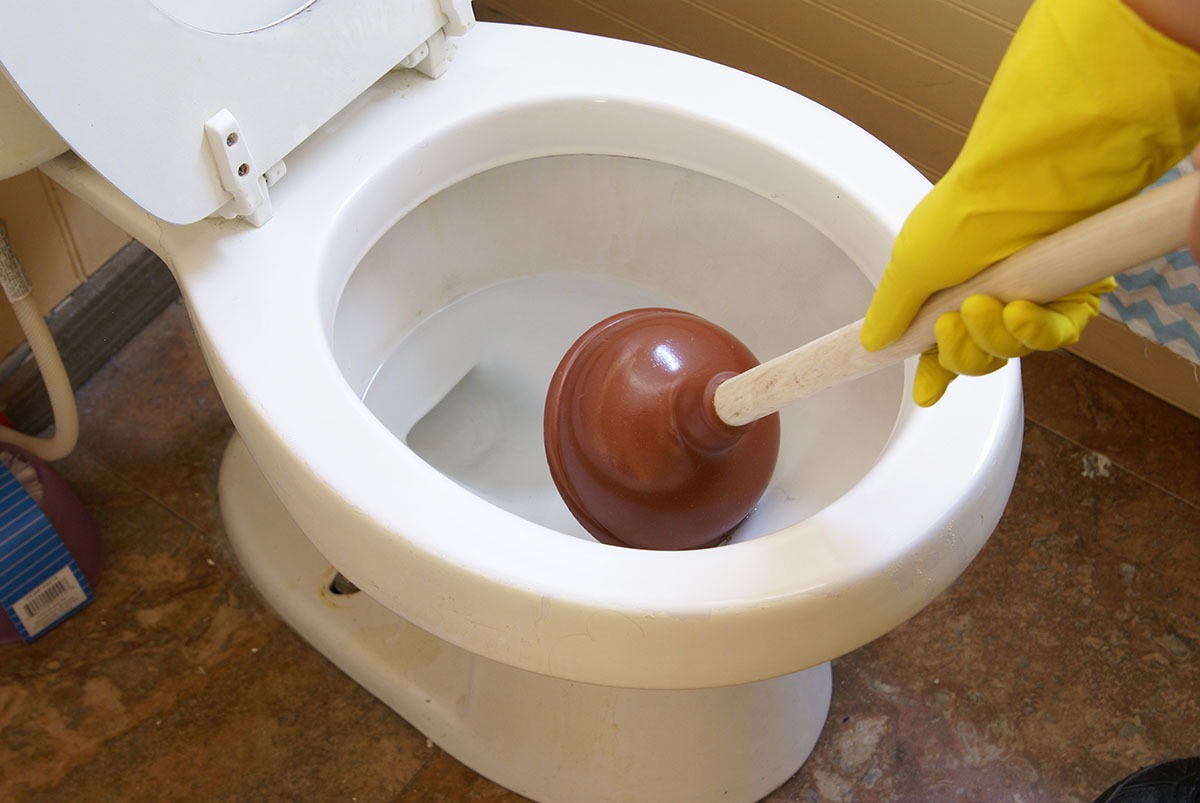
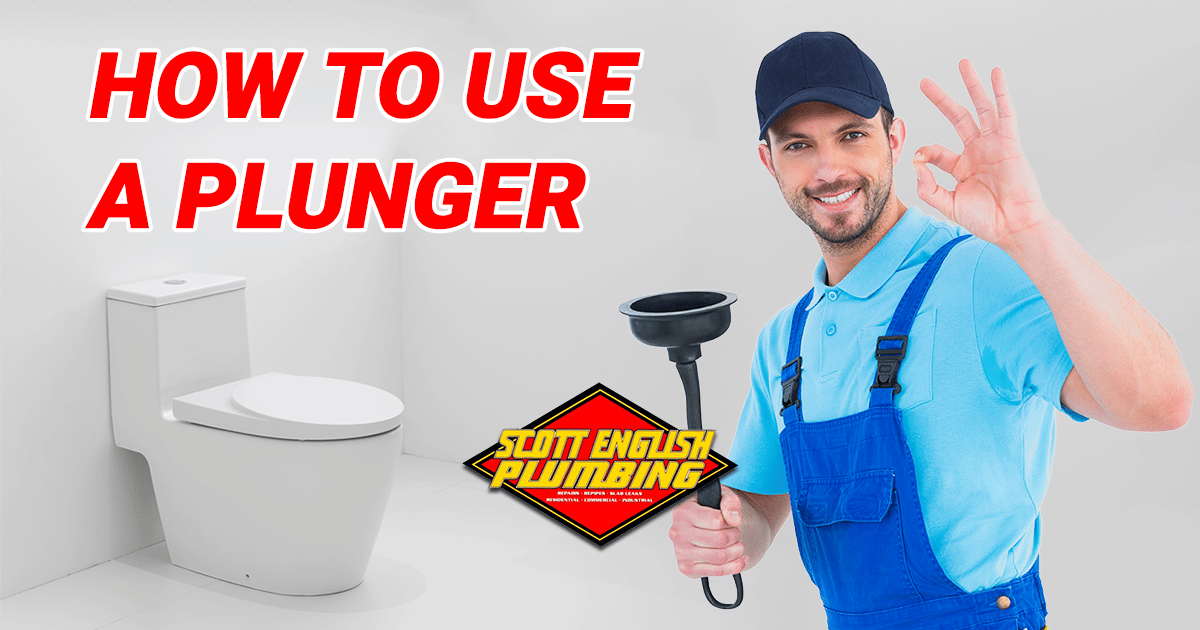








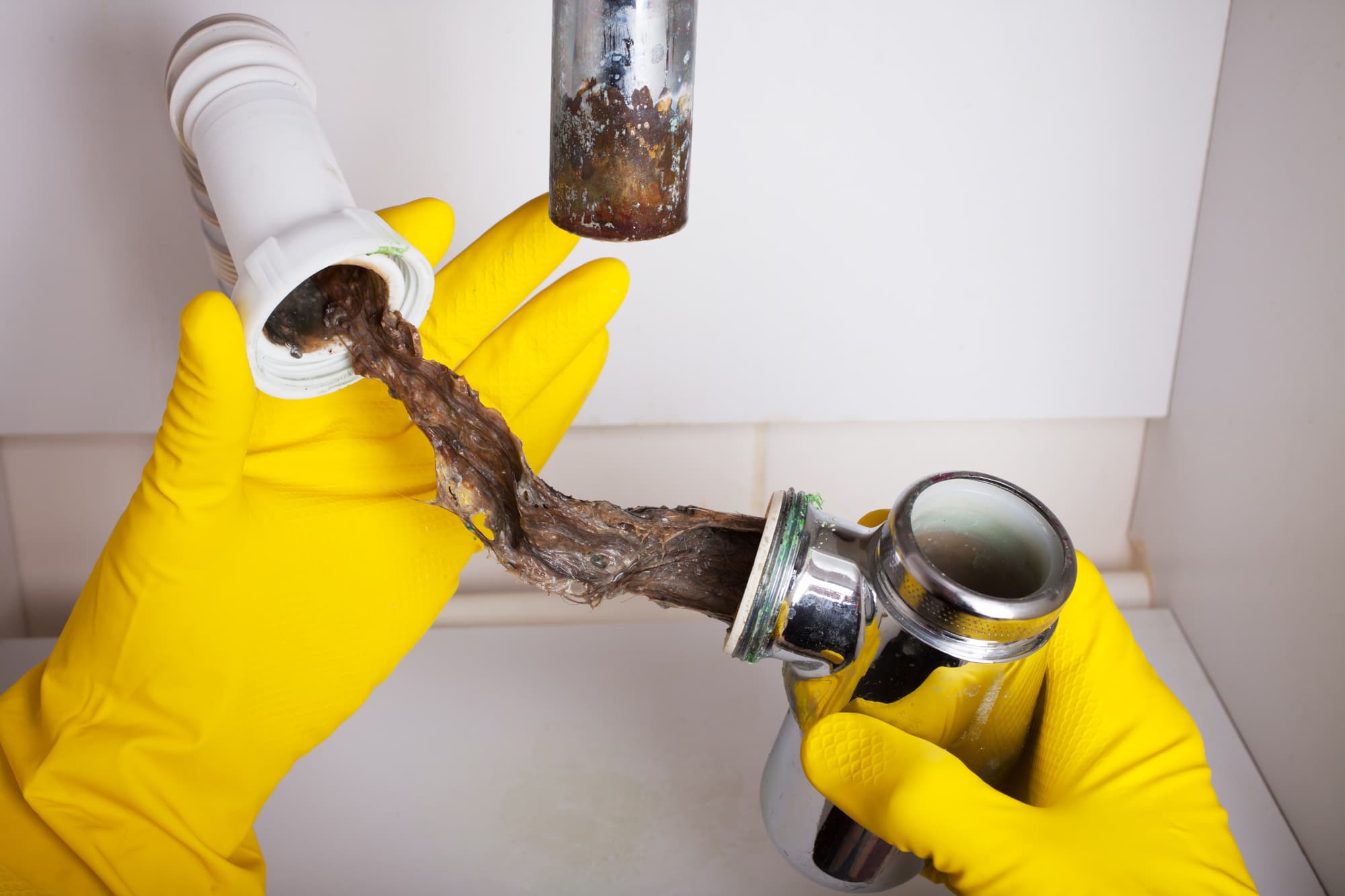







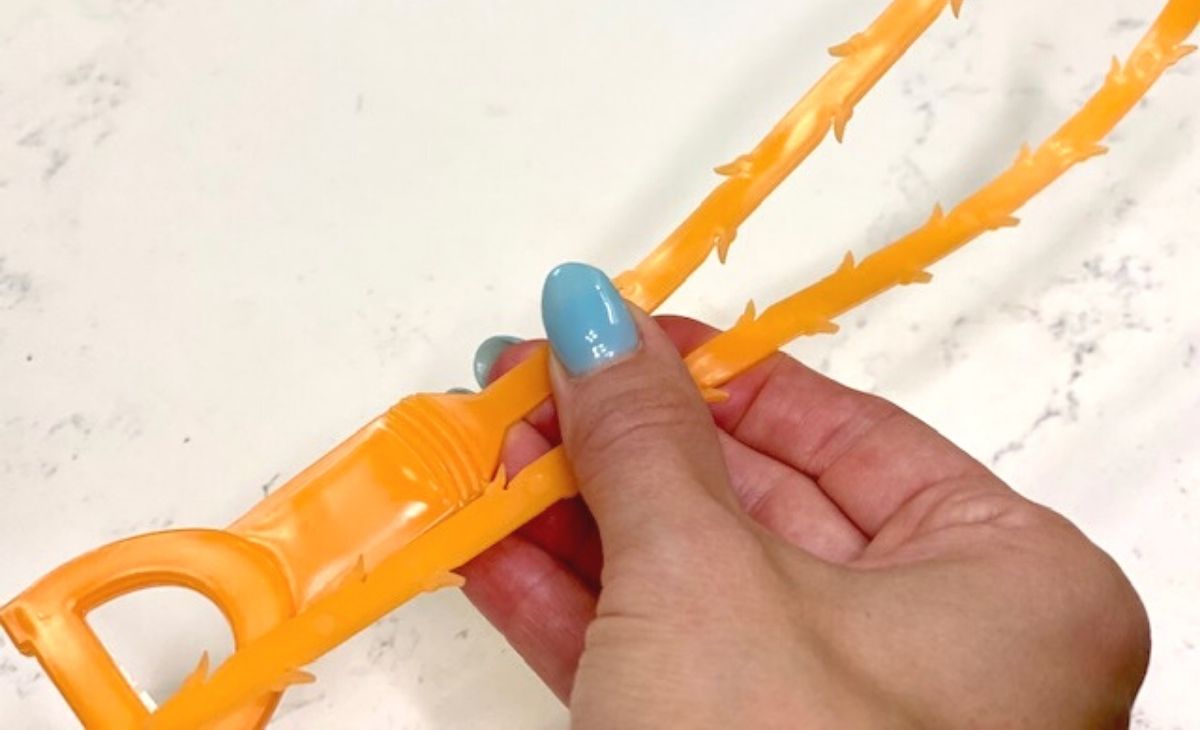
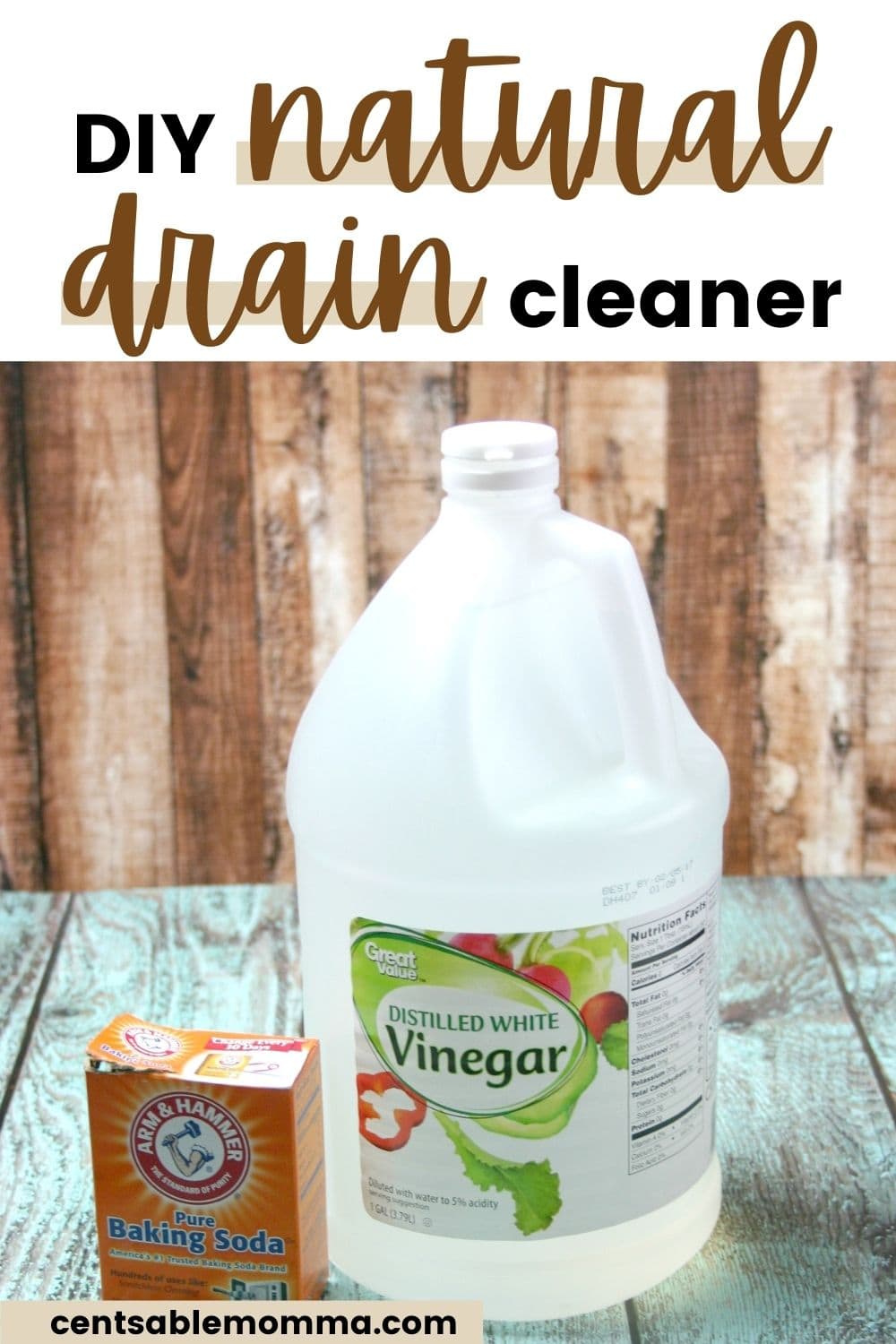


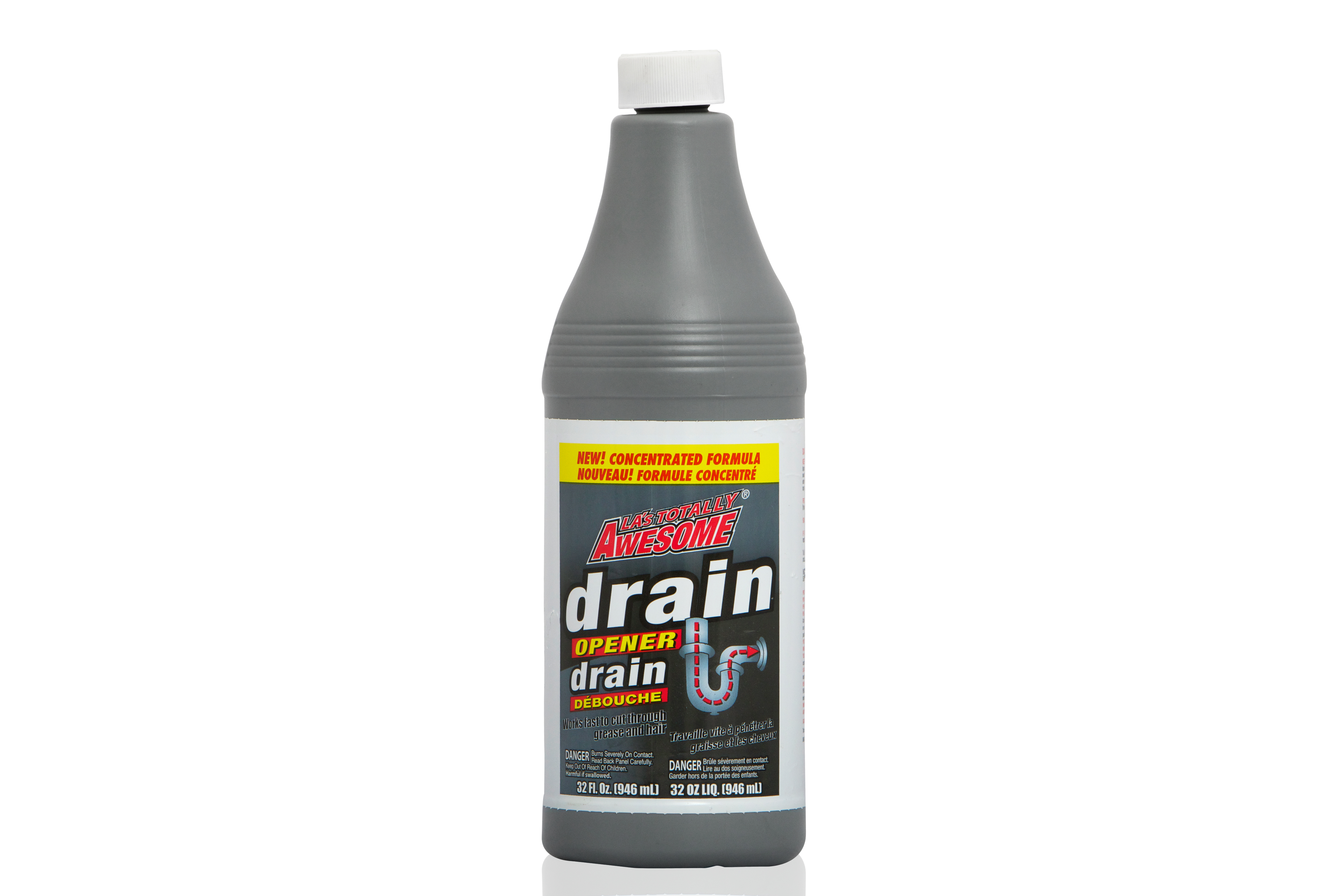
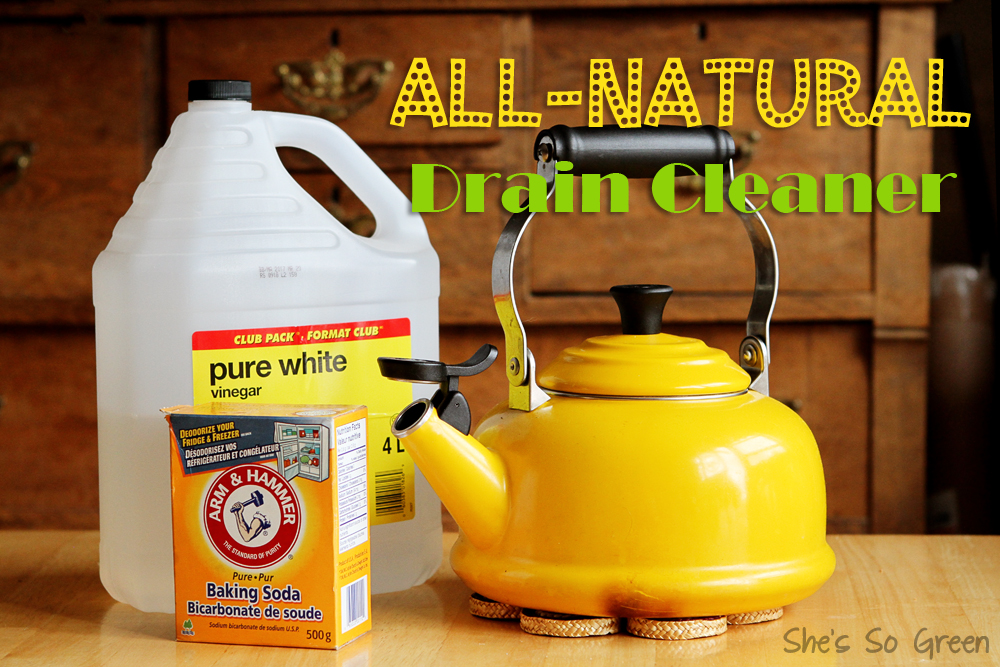
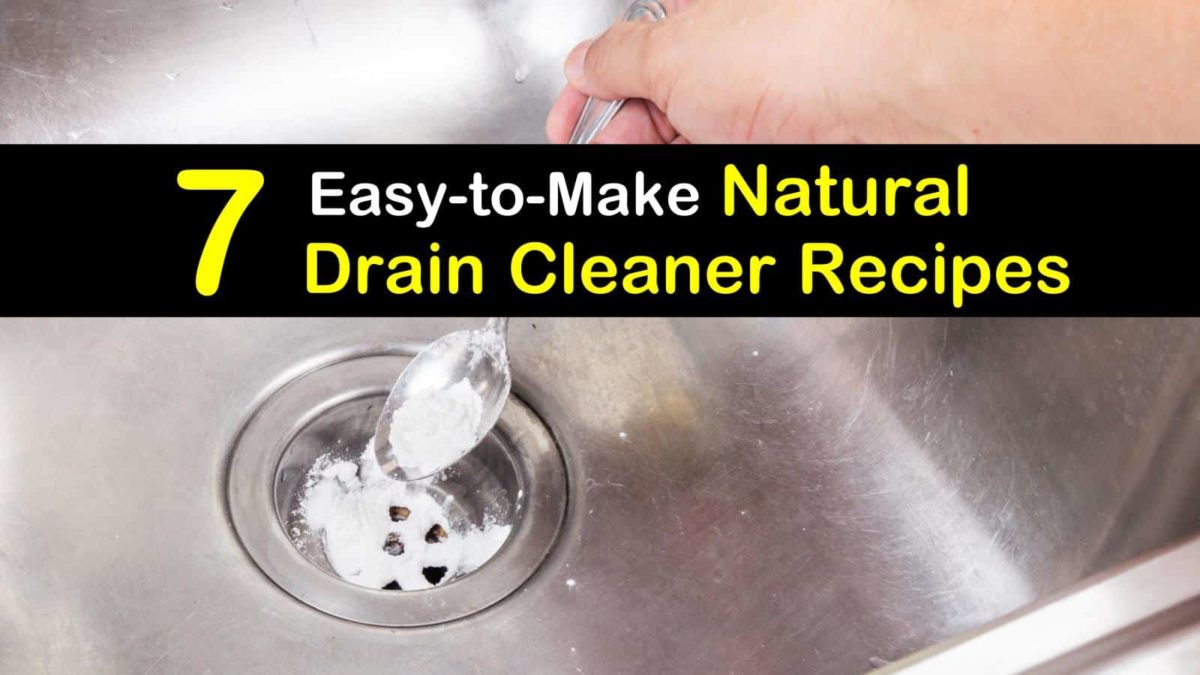






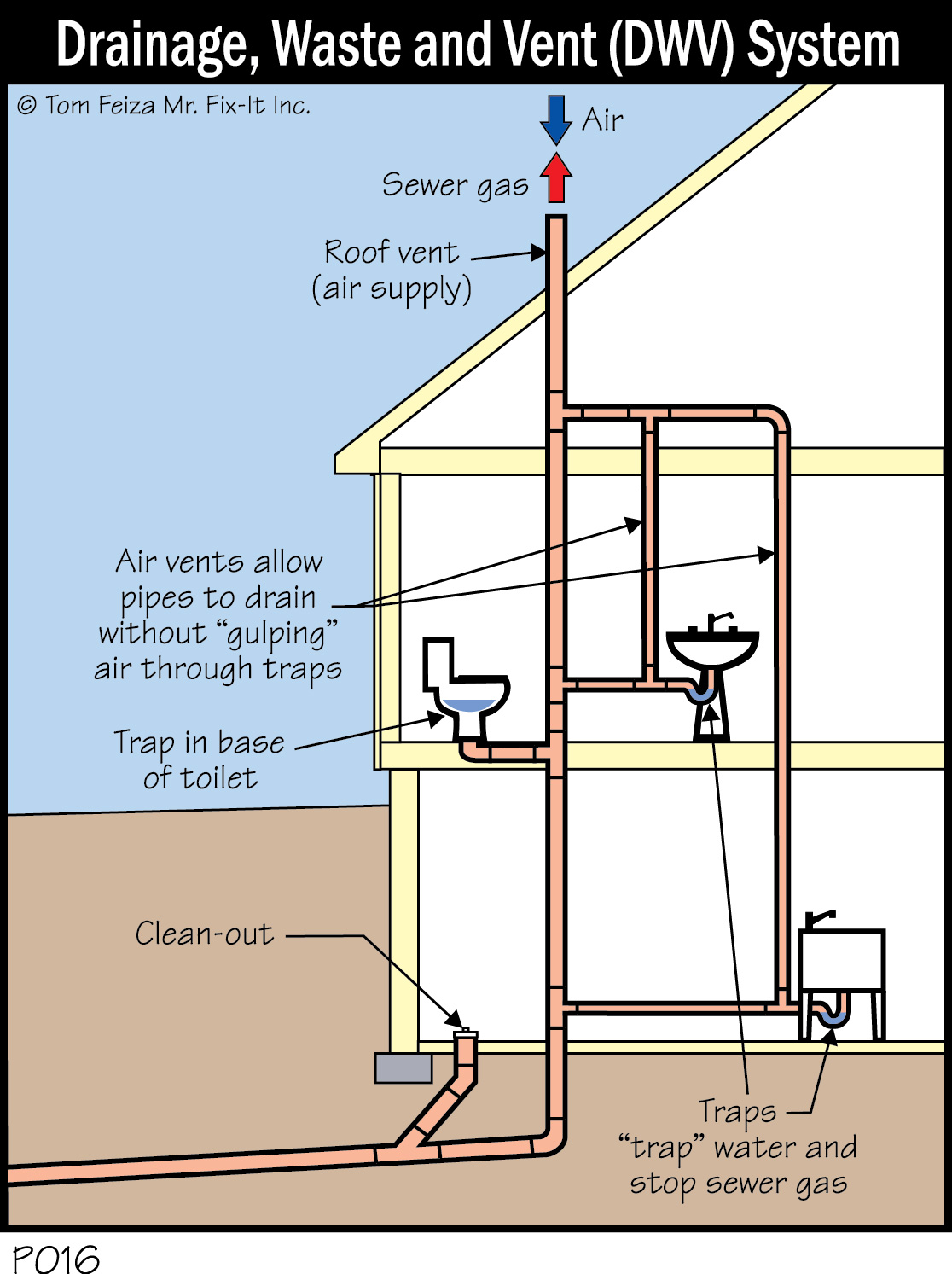


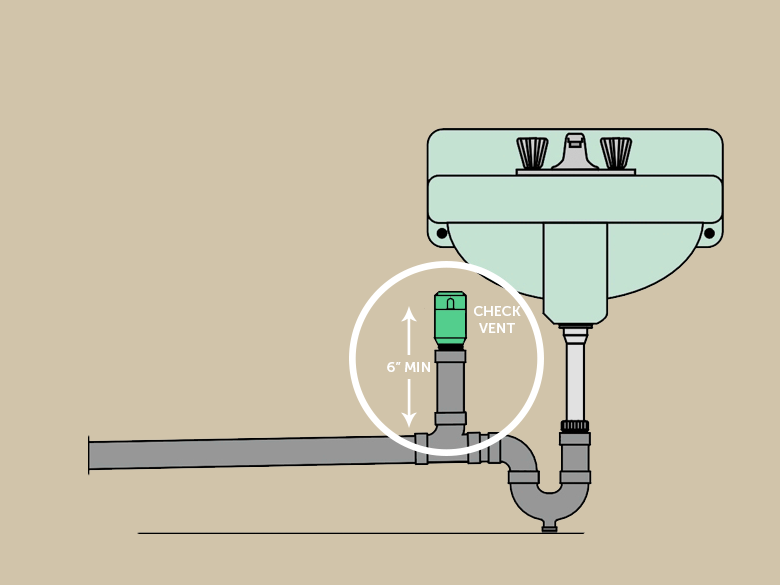
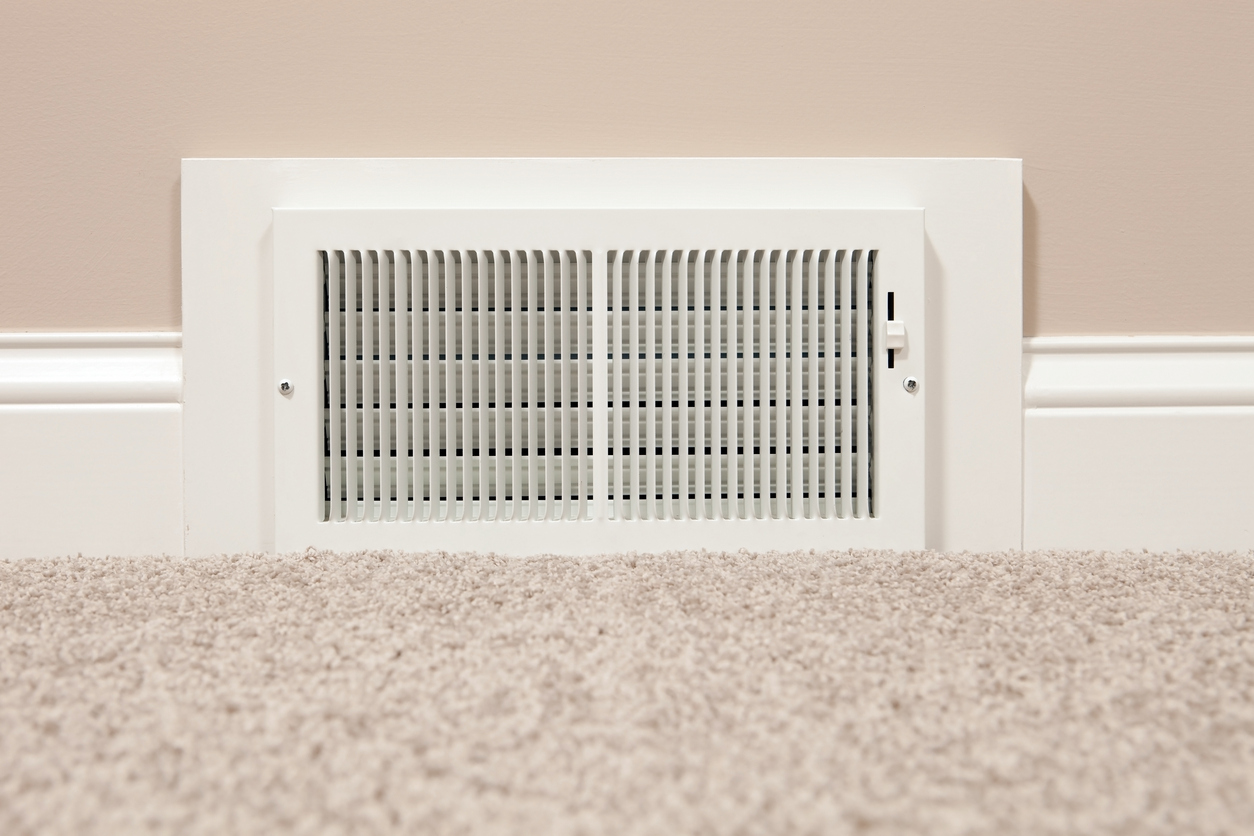


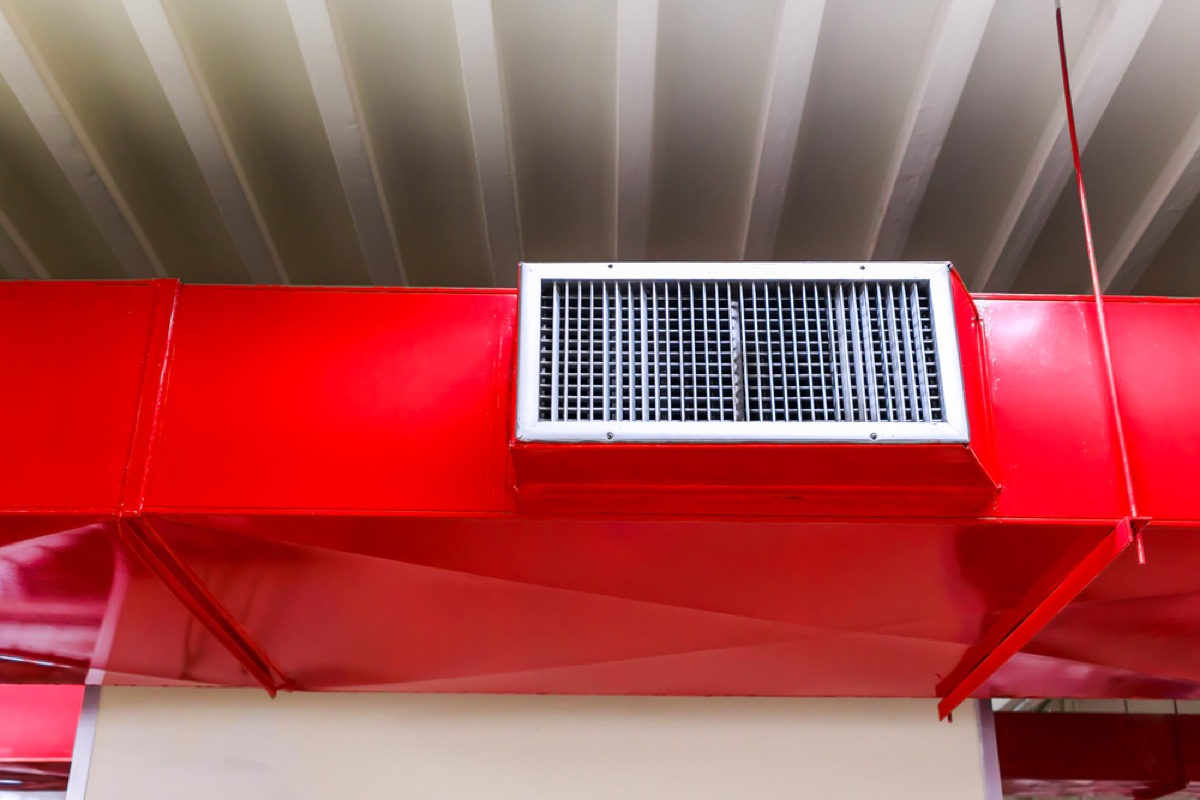


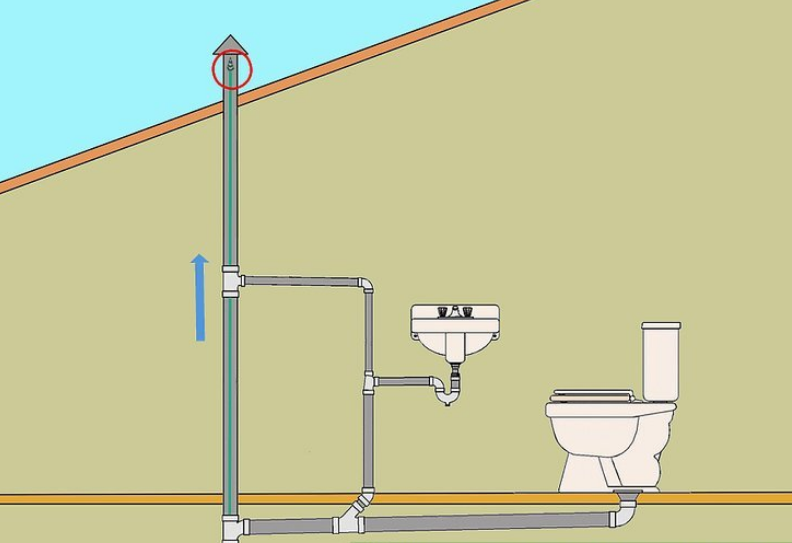

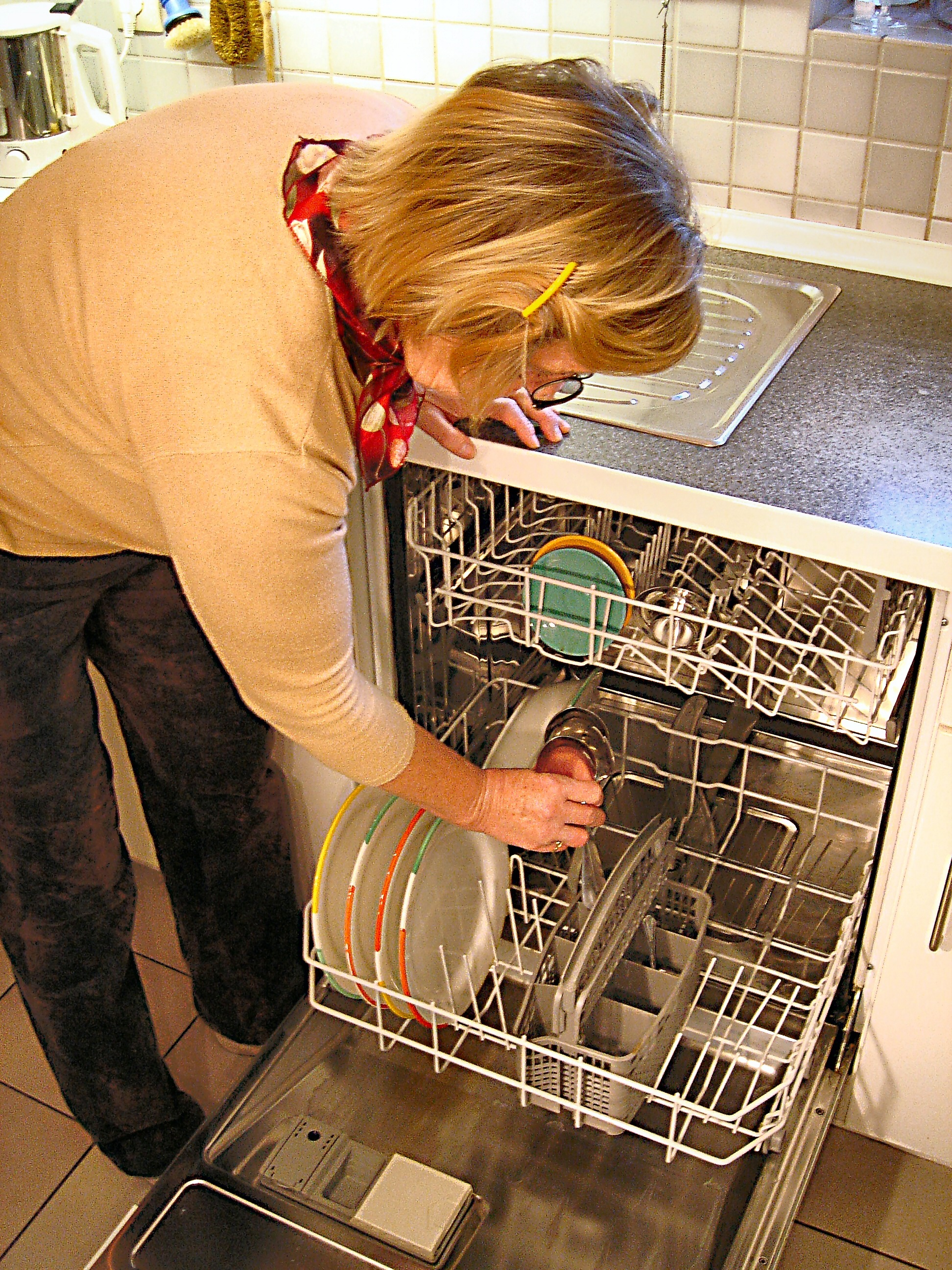


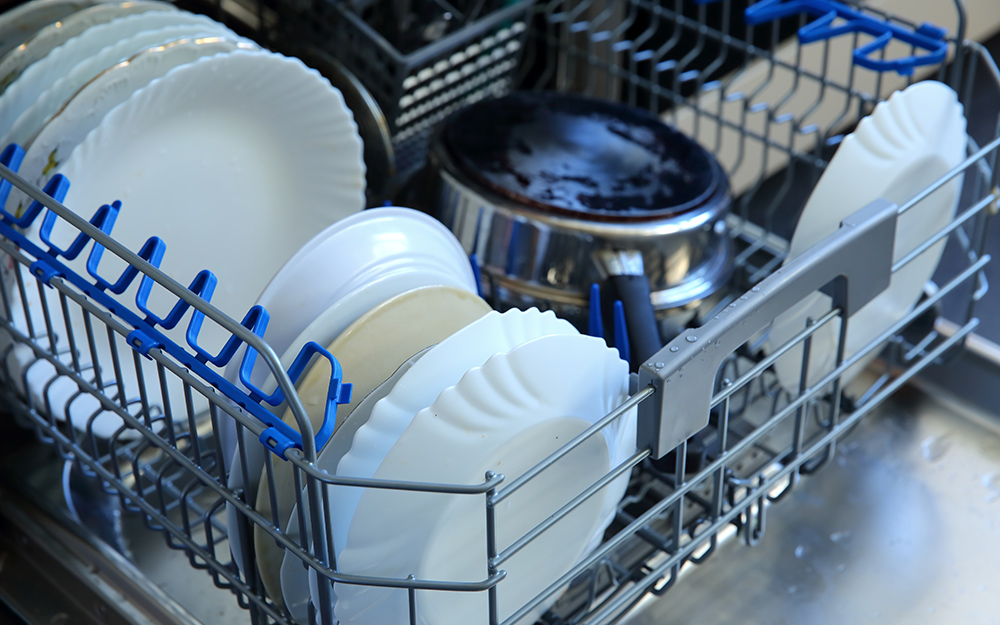
/GettyImages-644129490-5b72ce2746e0fb0050fc2a32.jpg)
